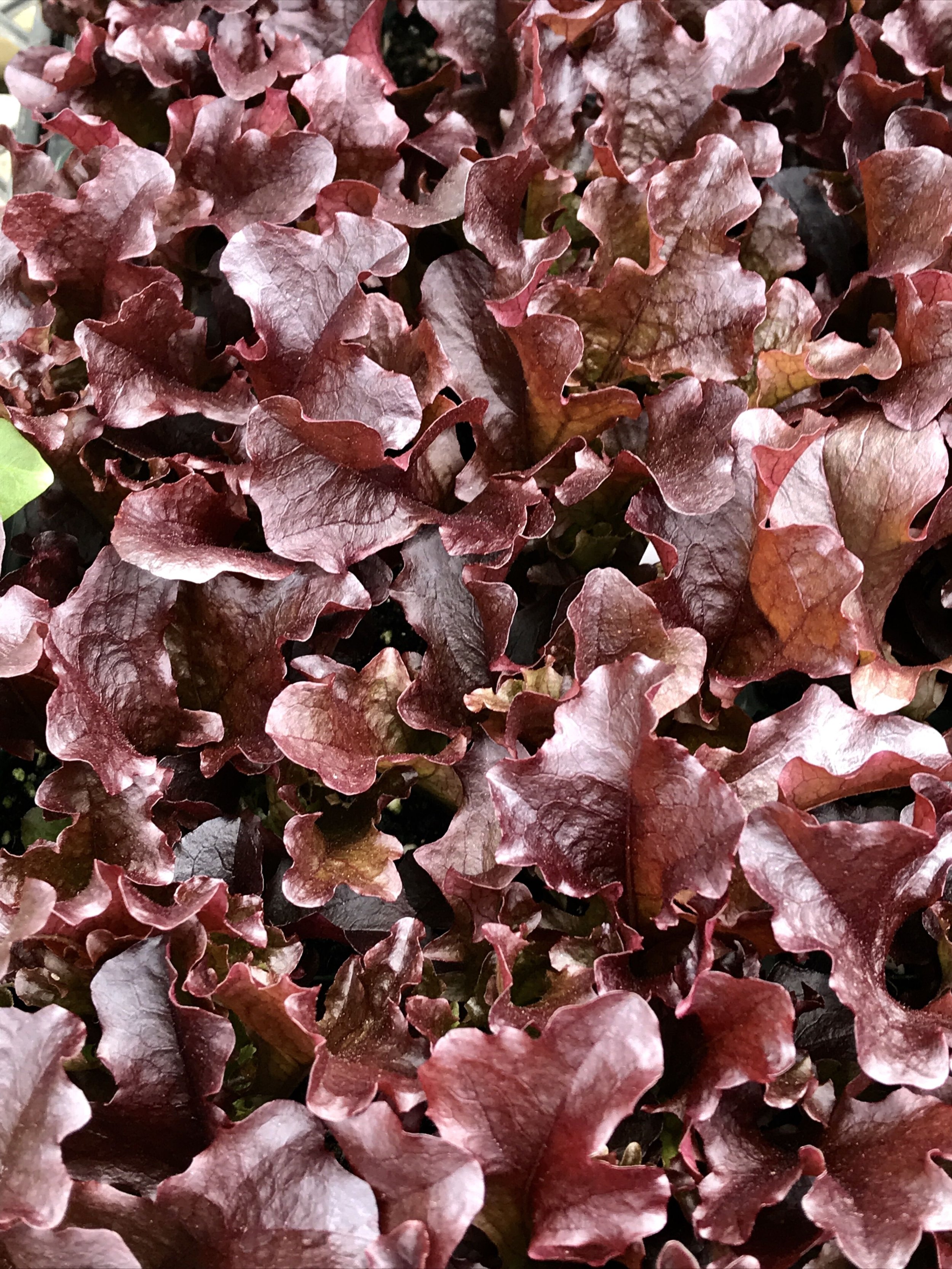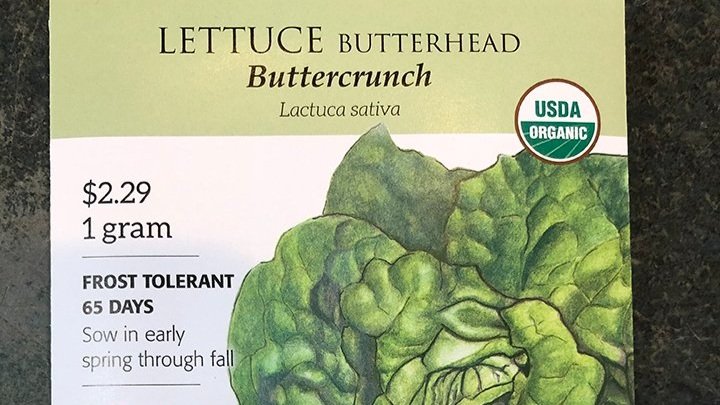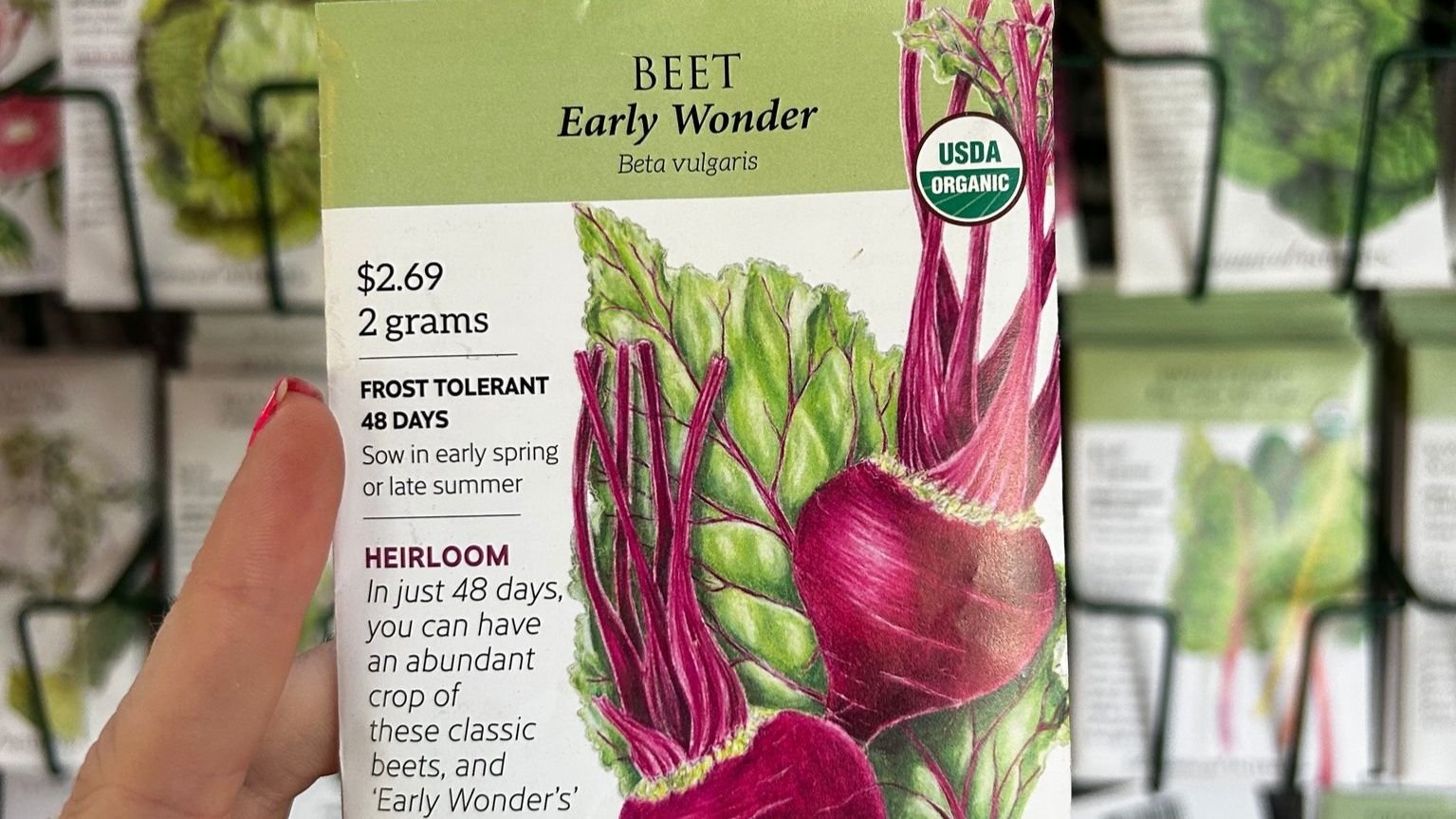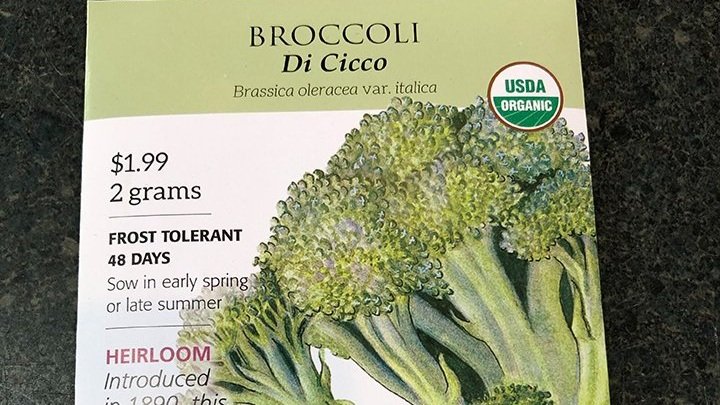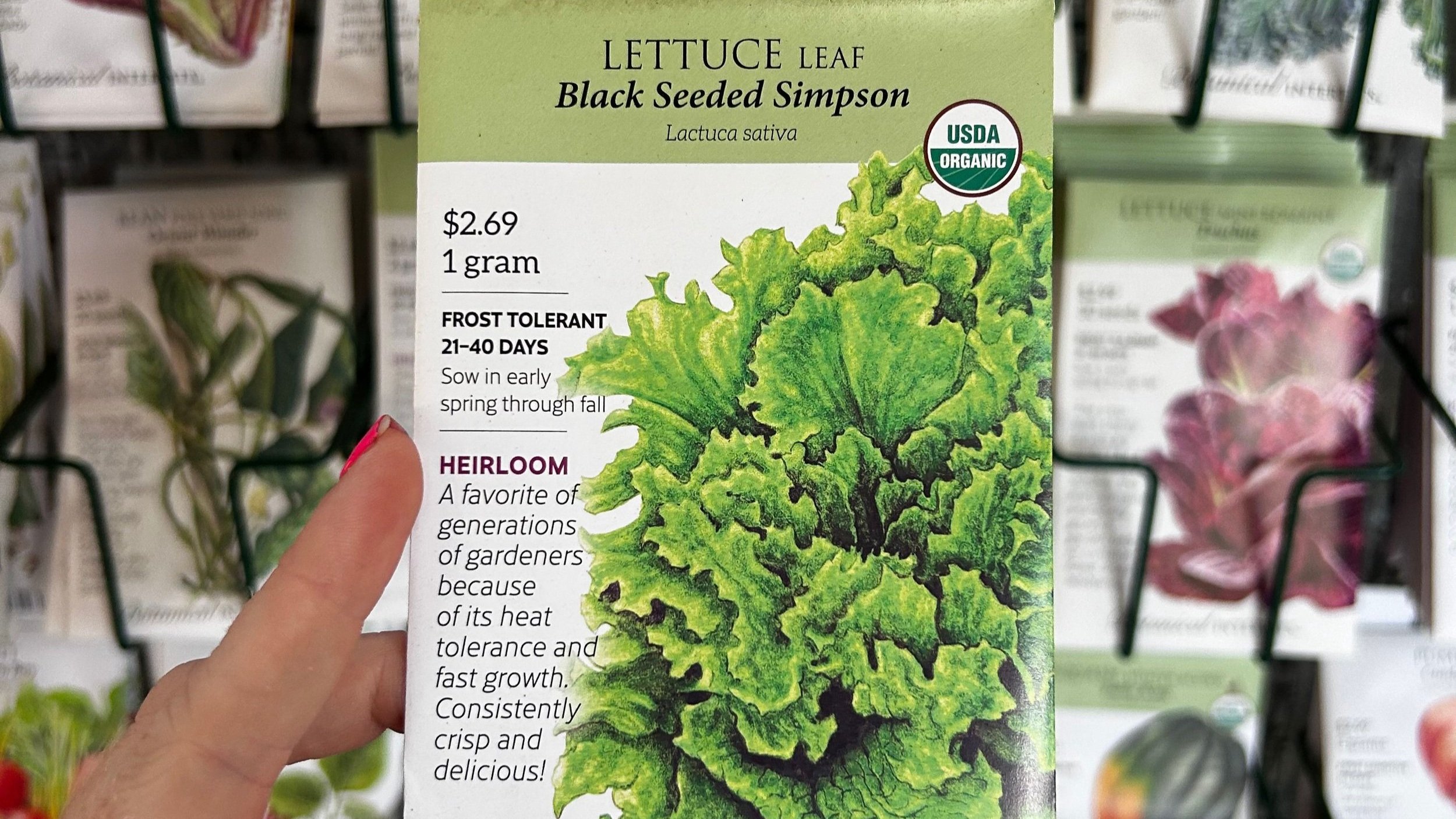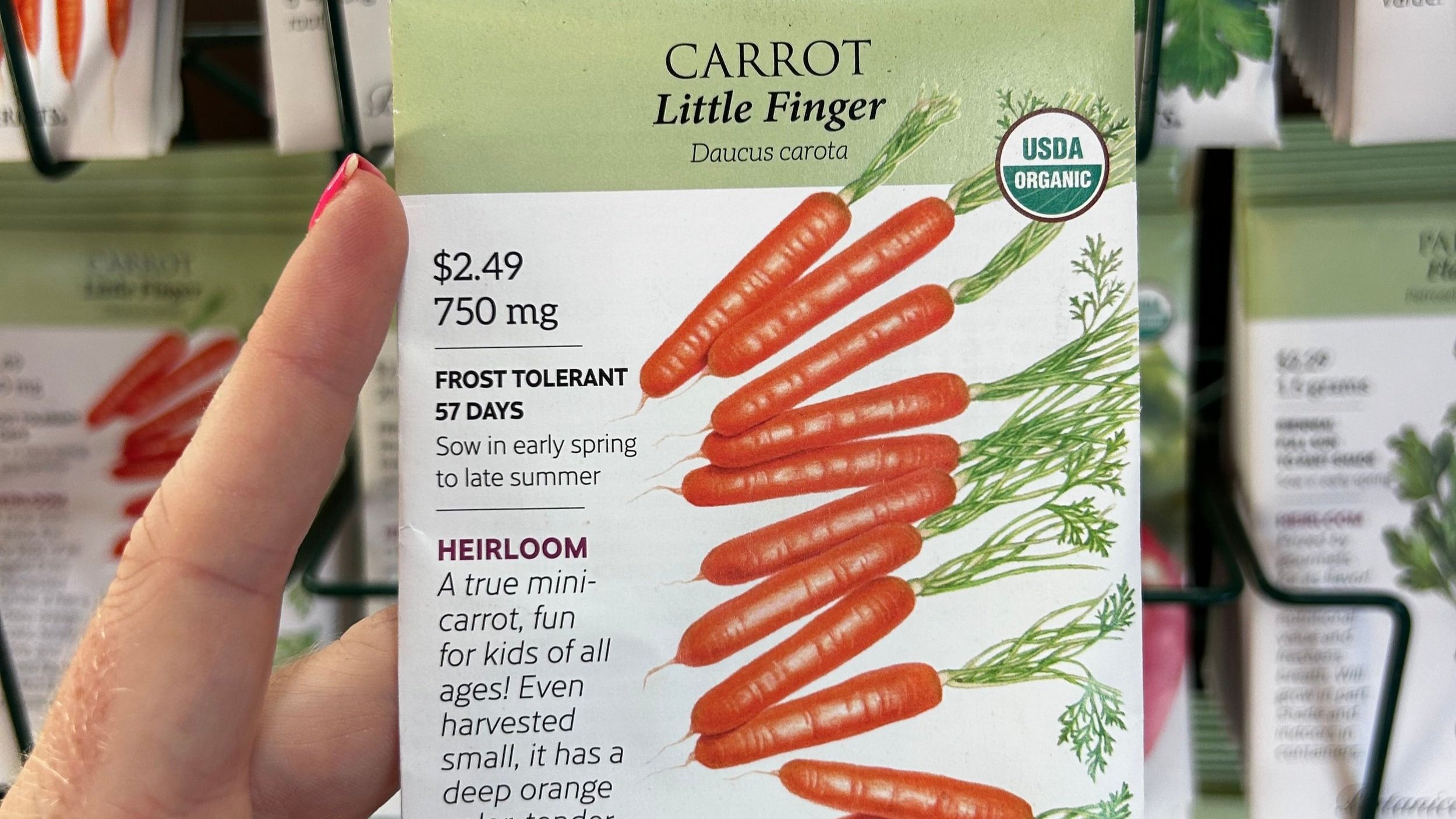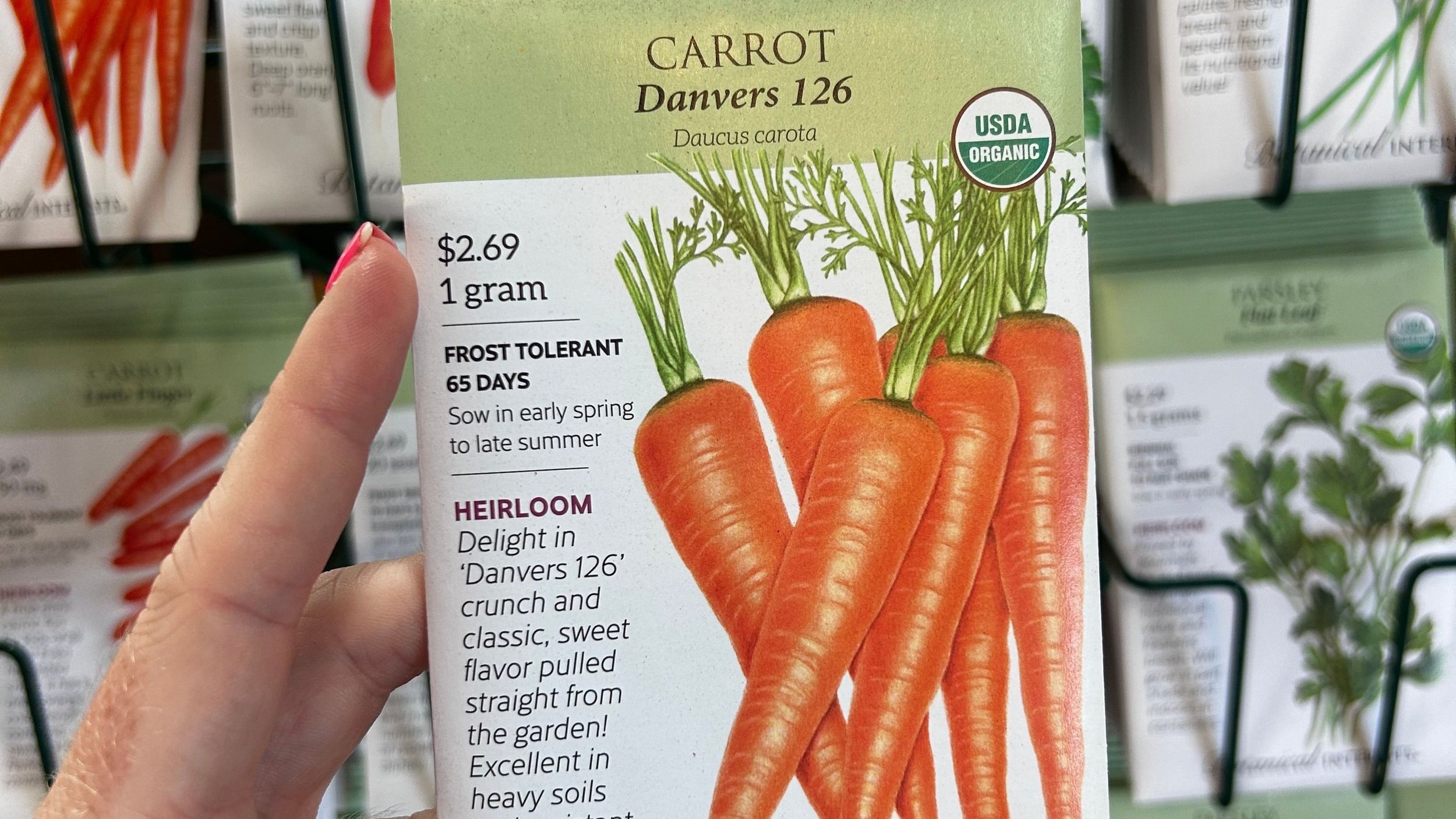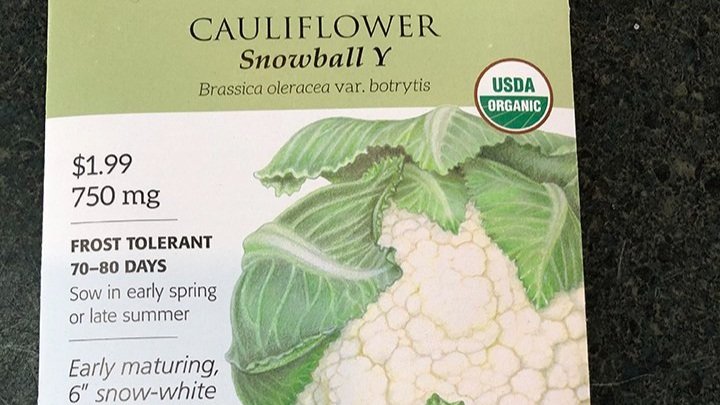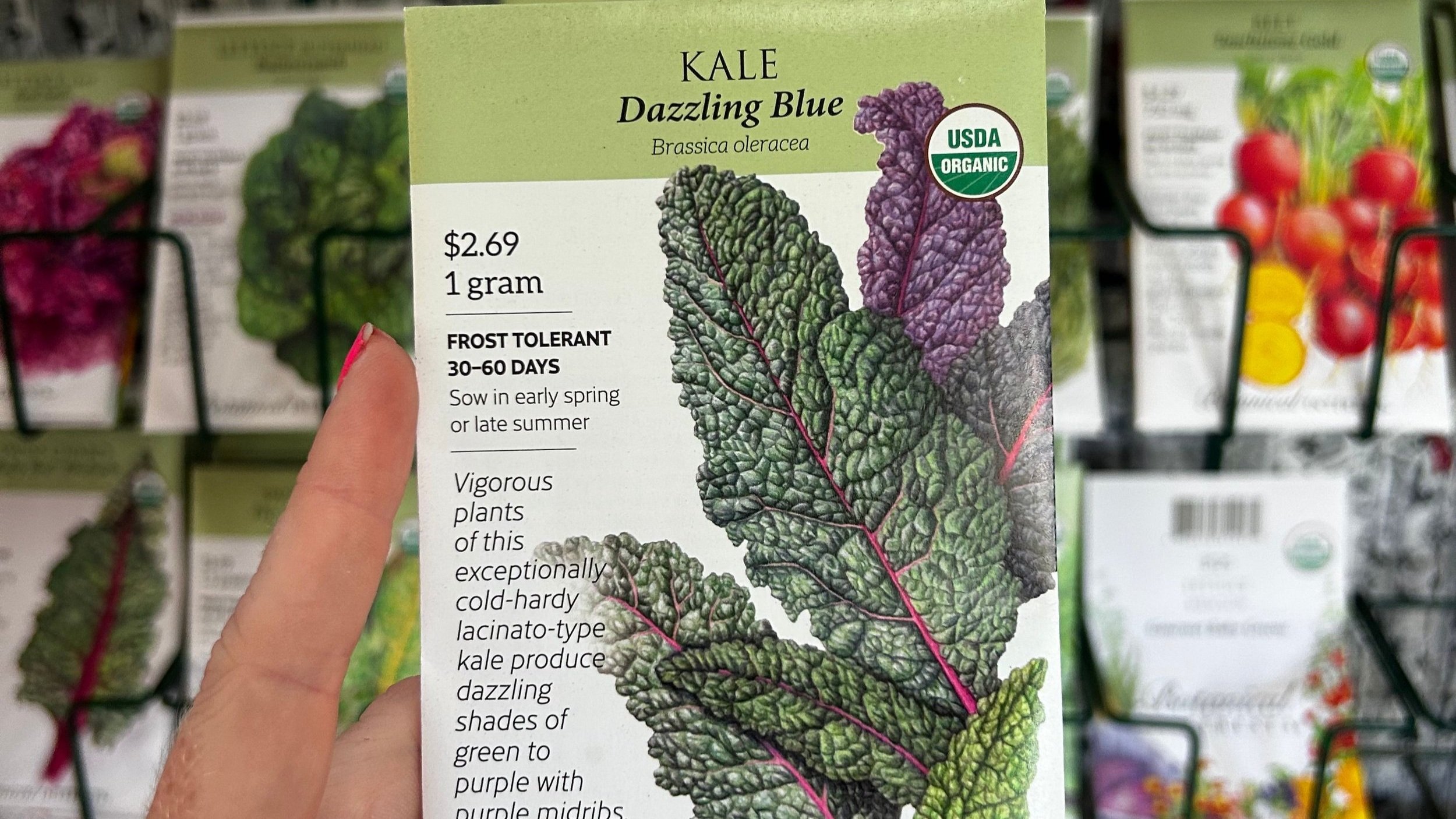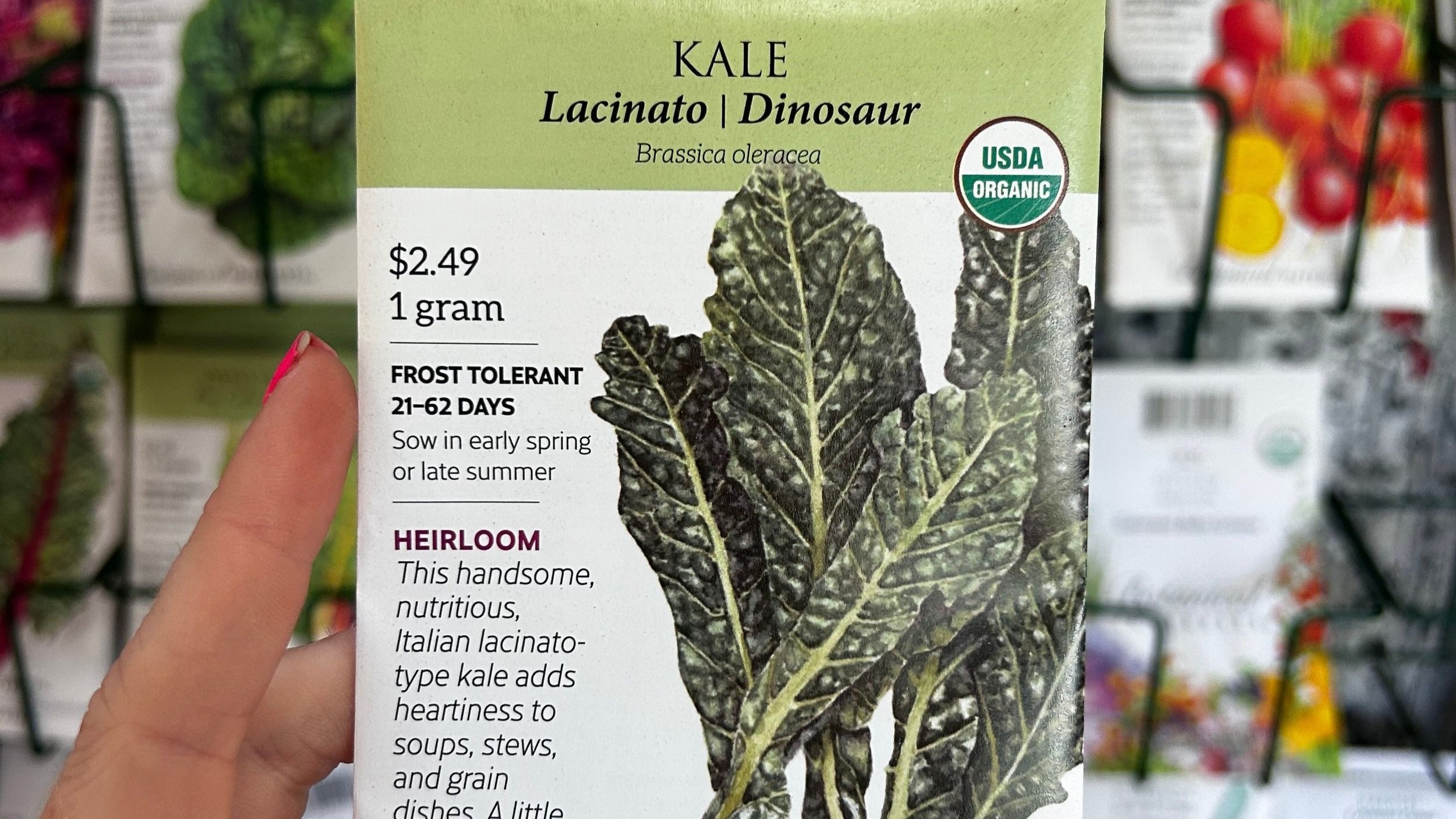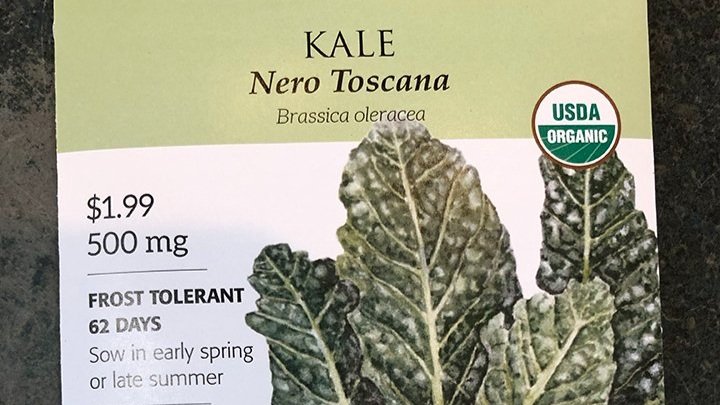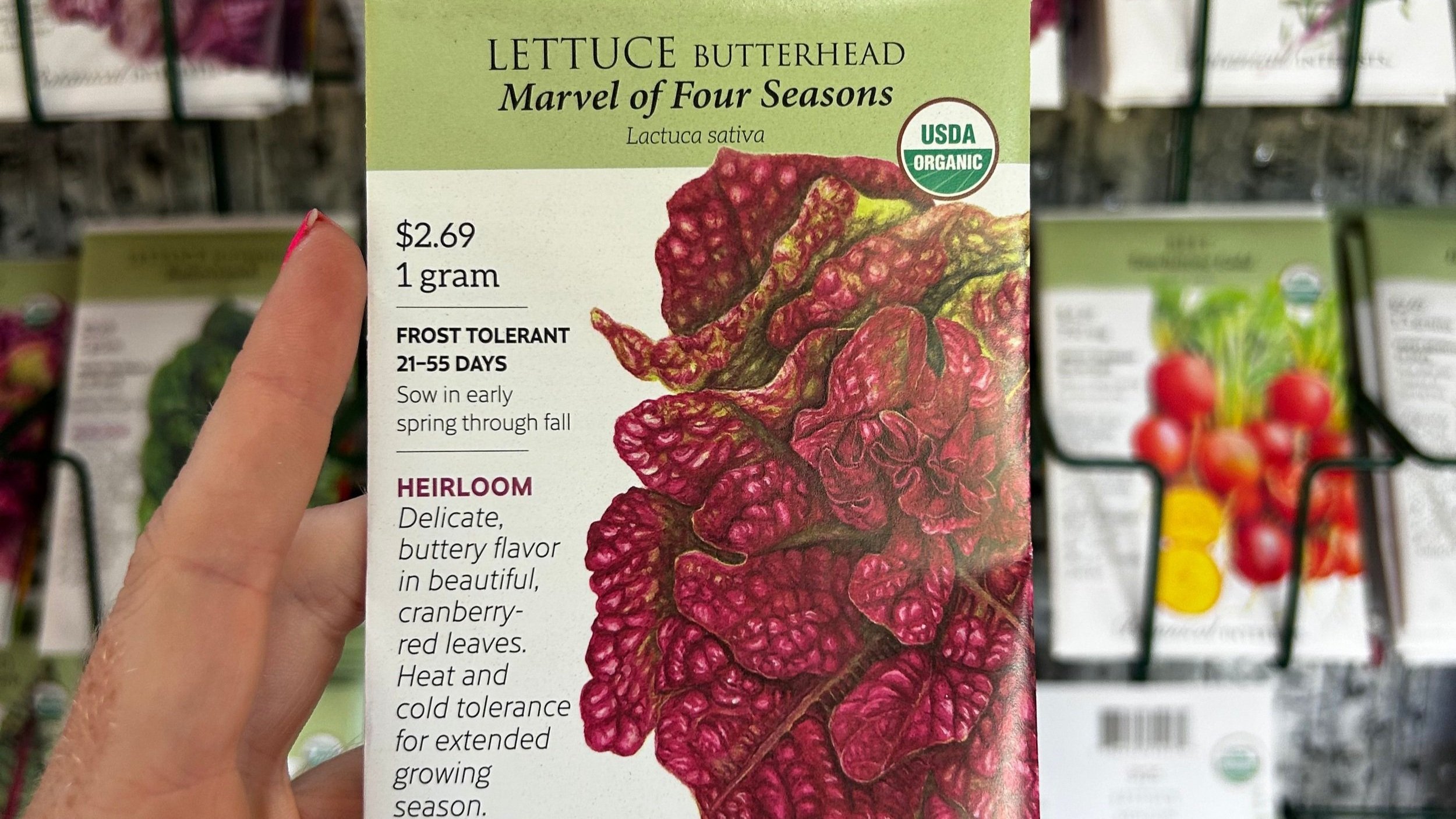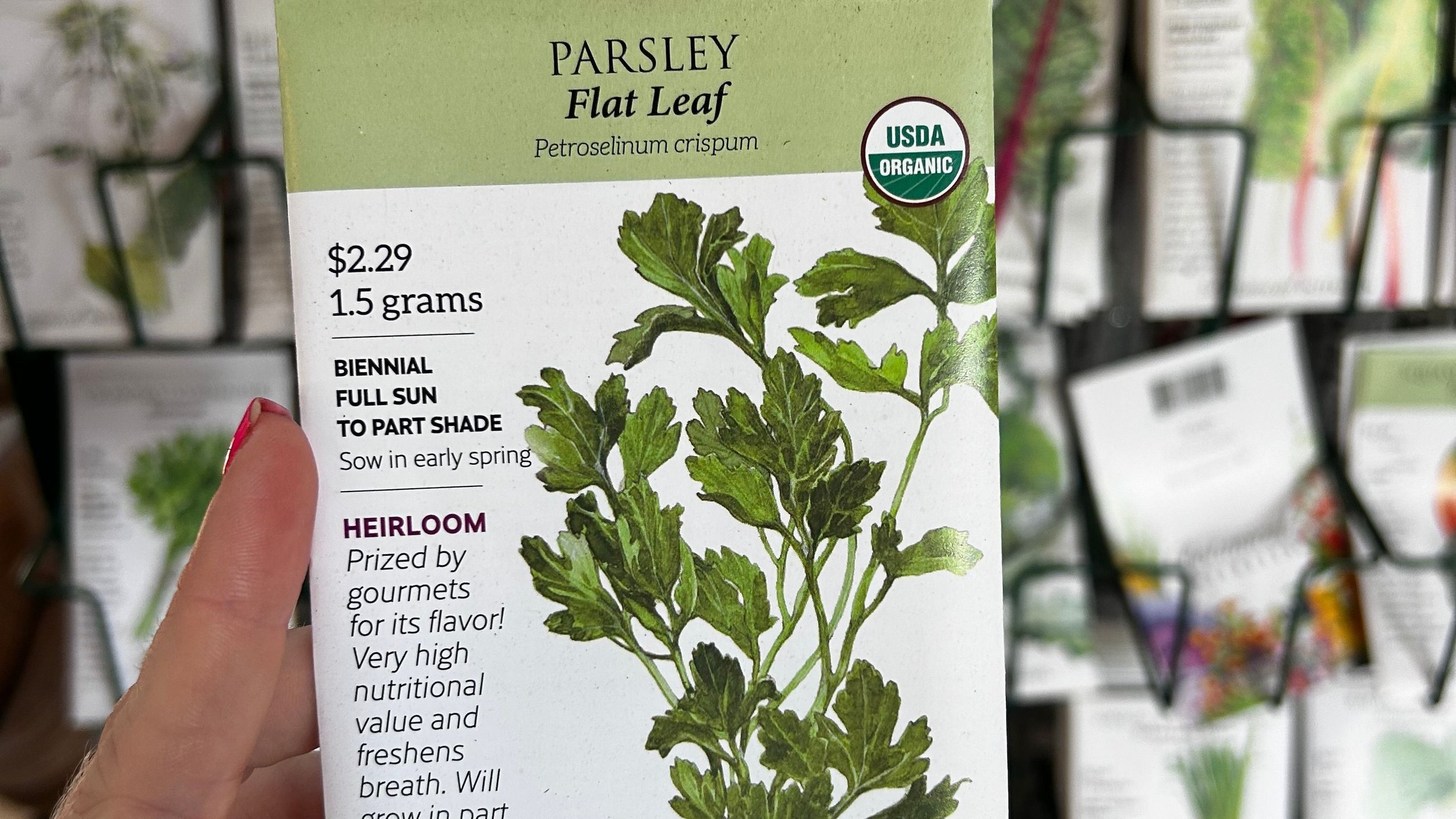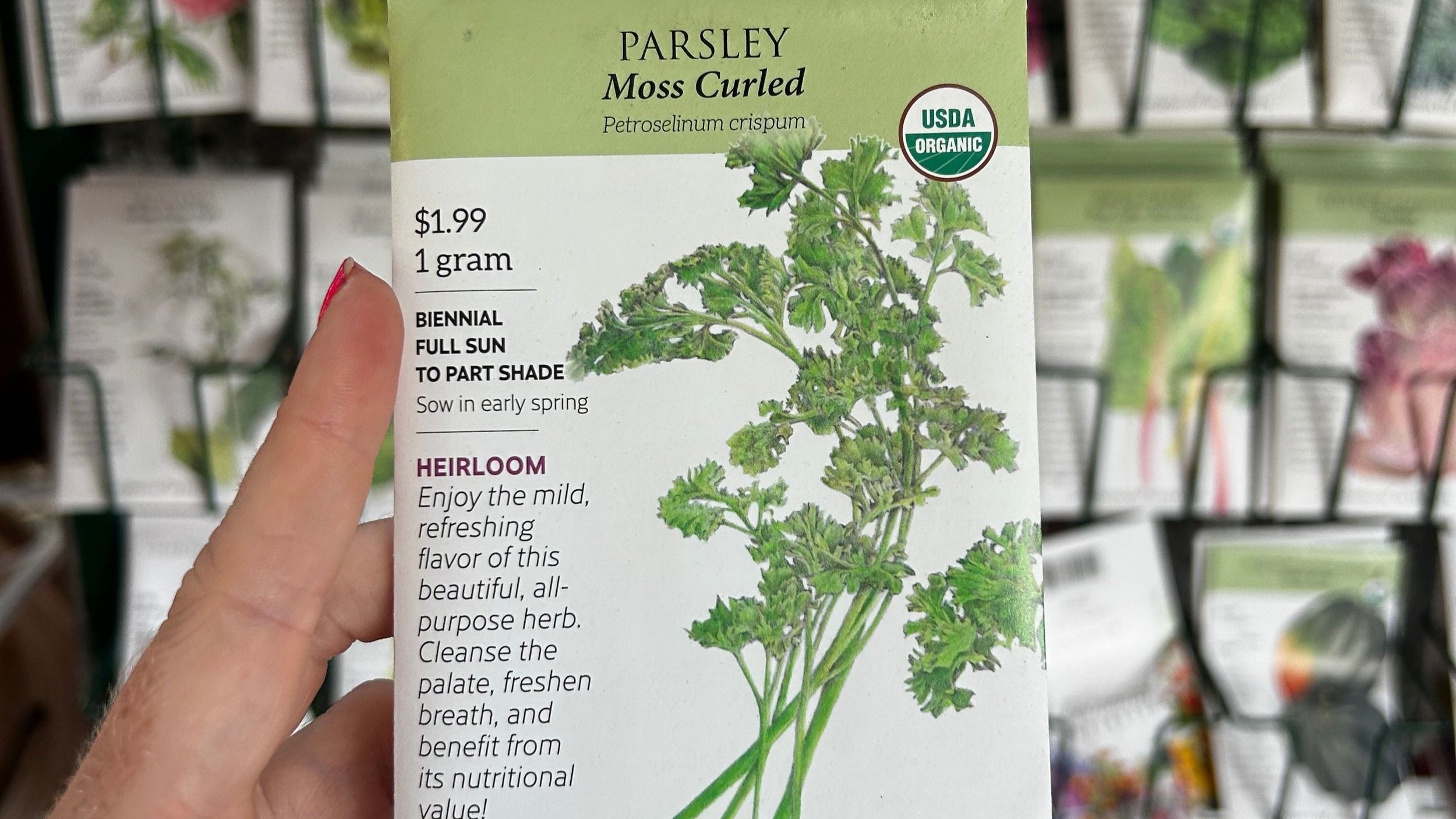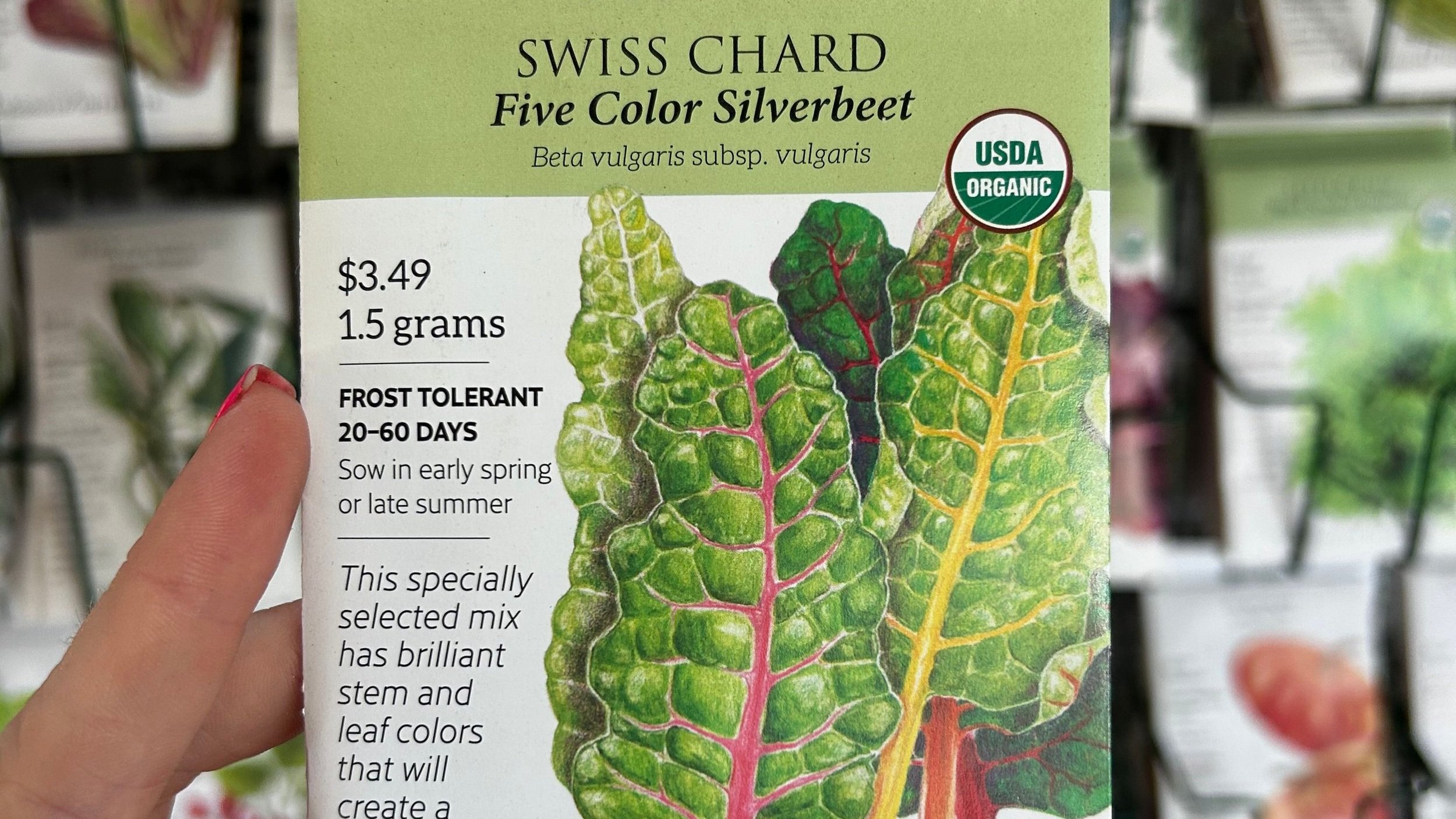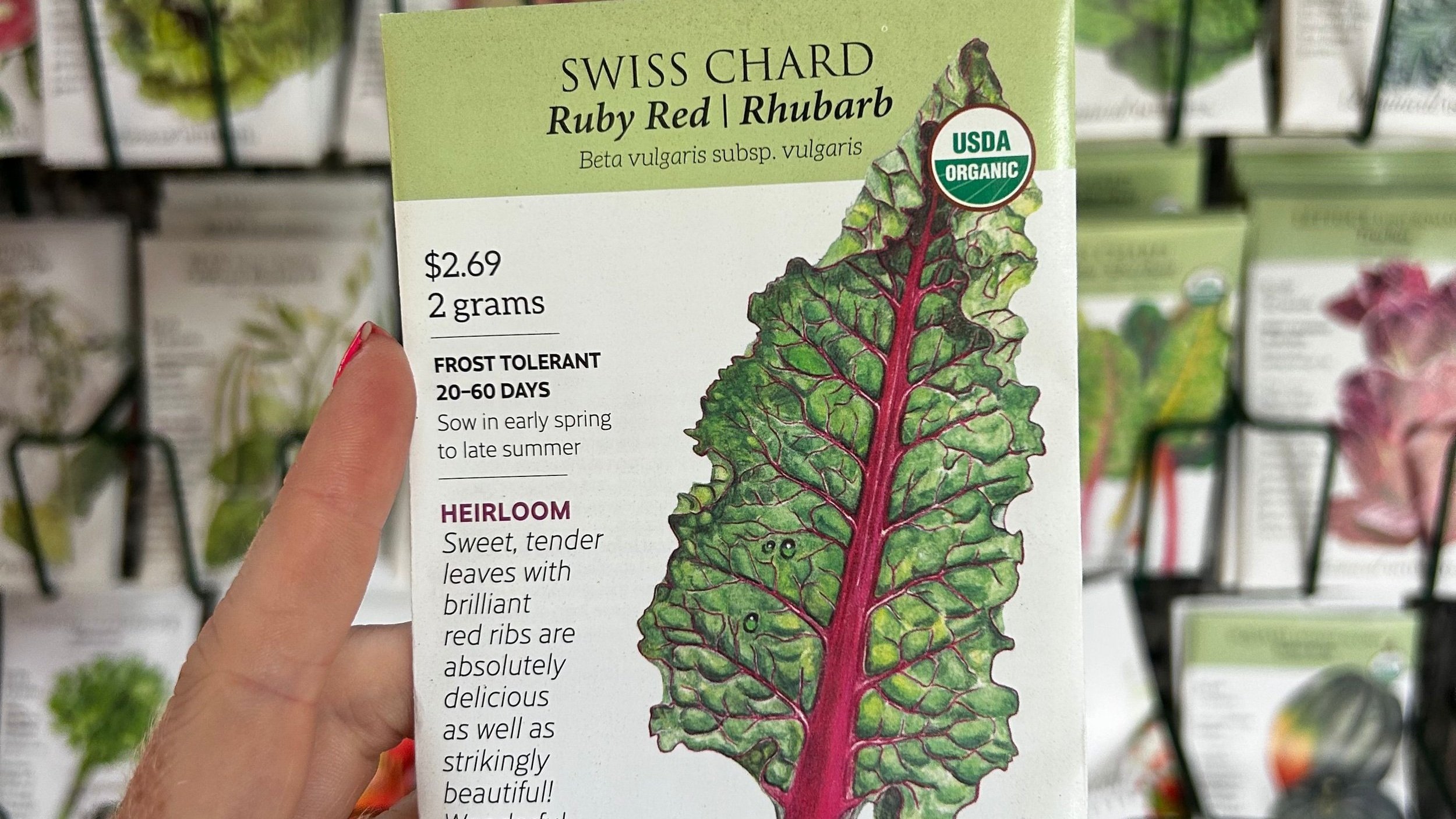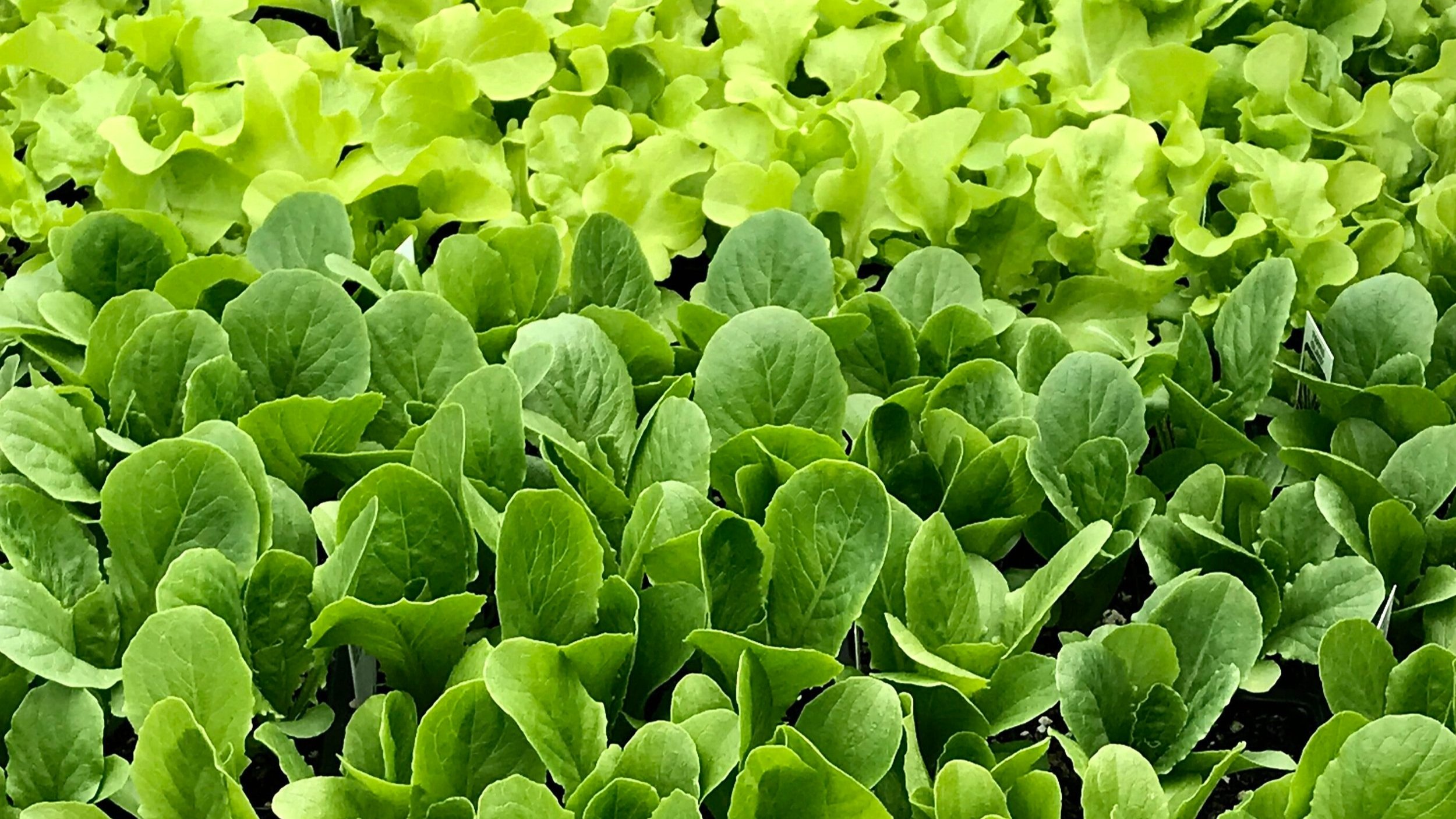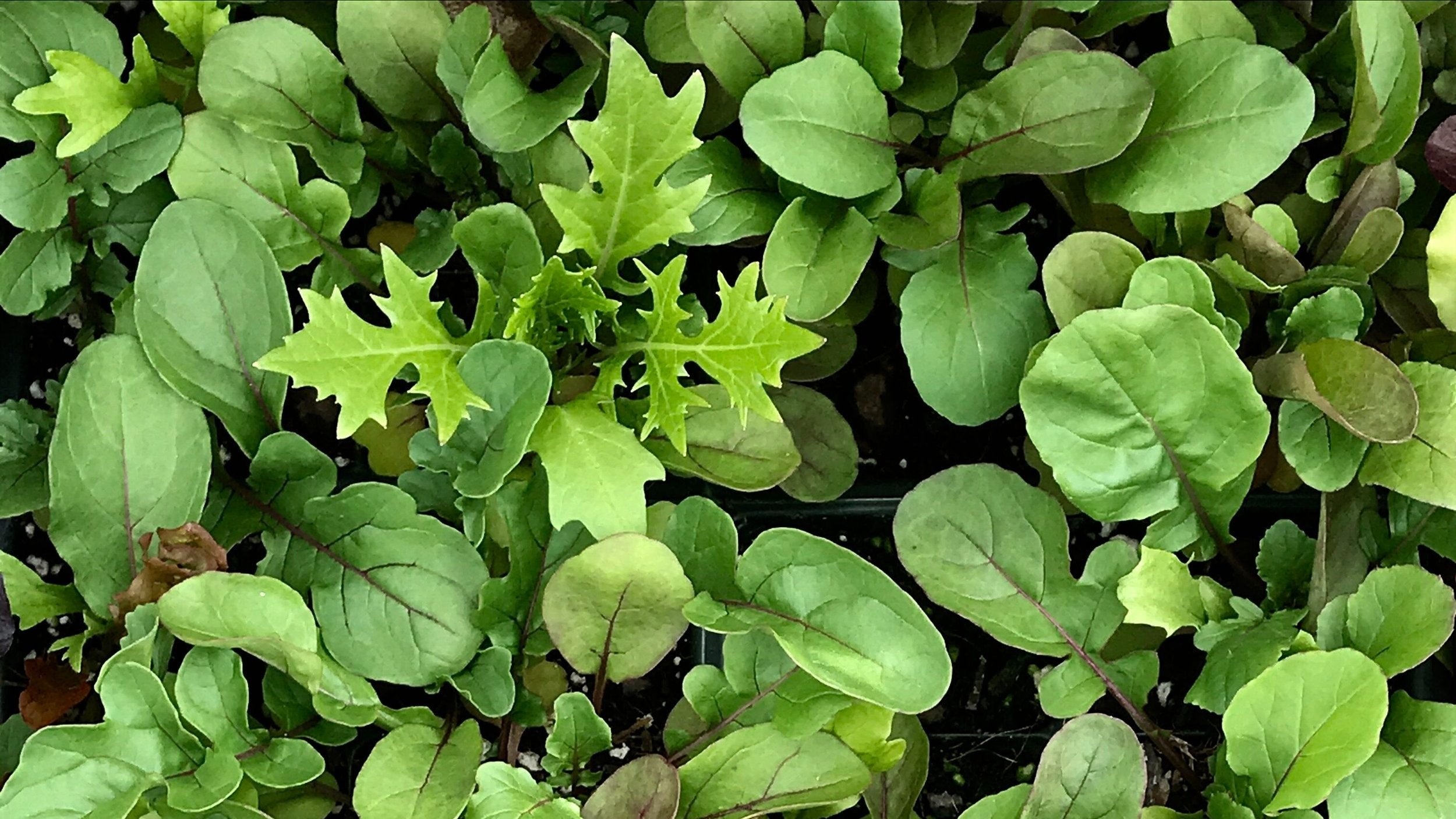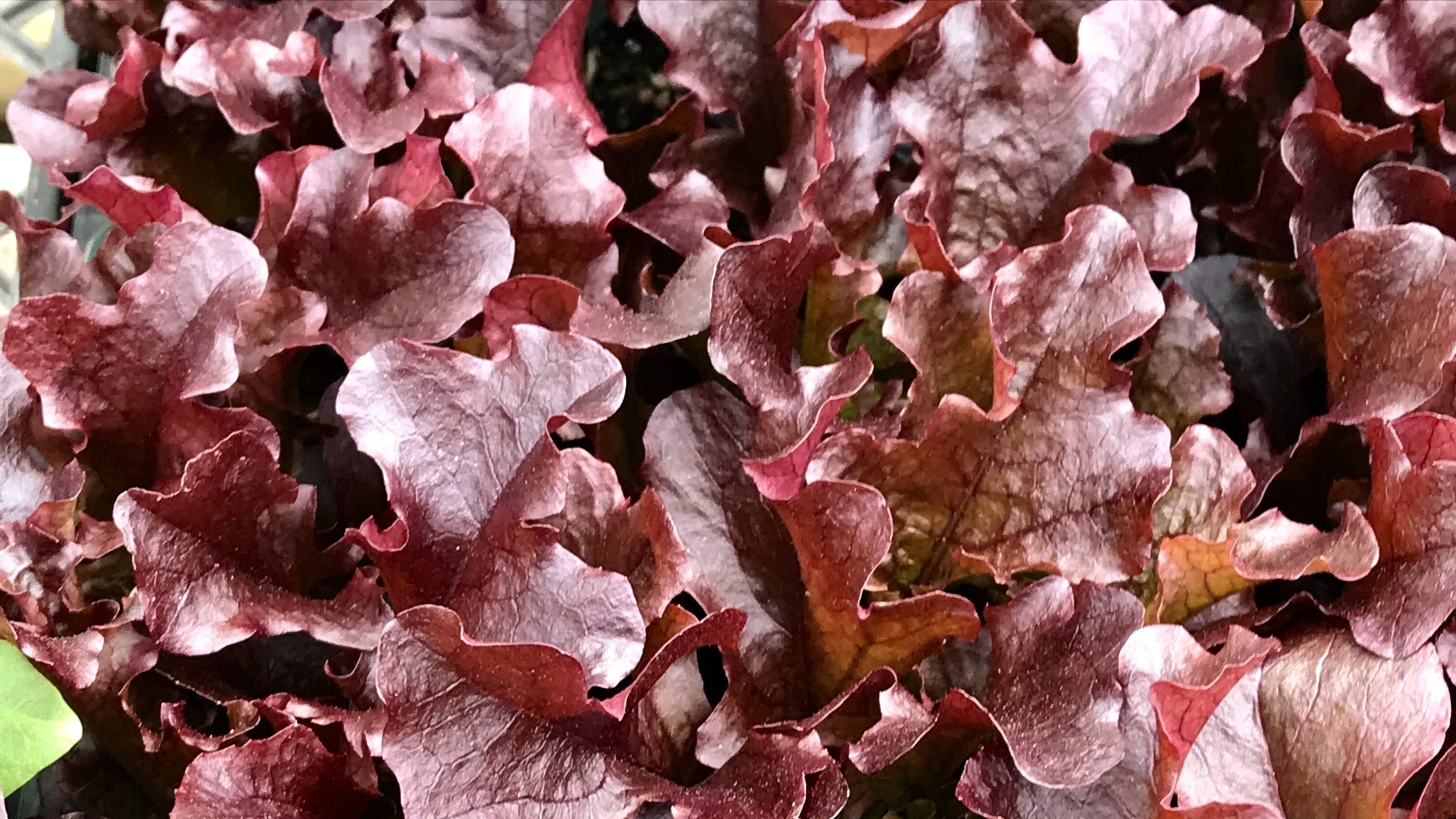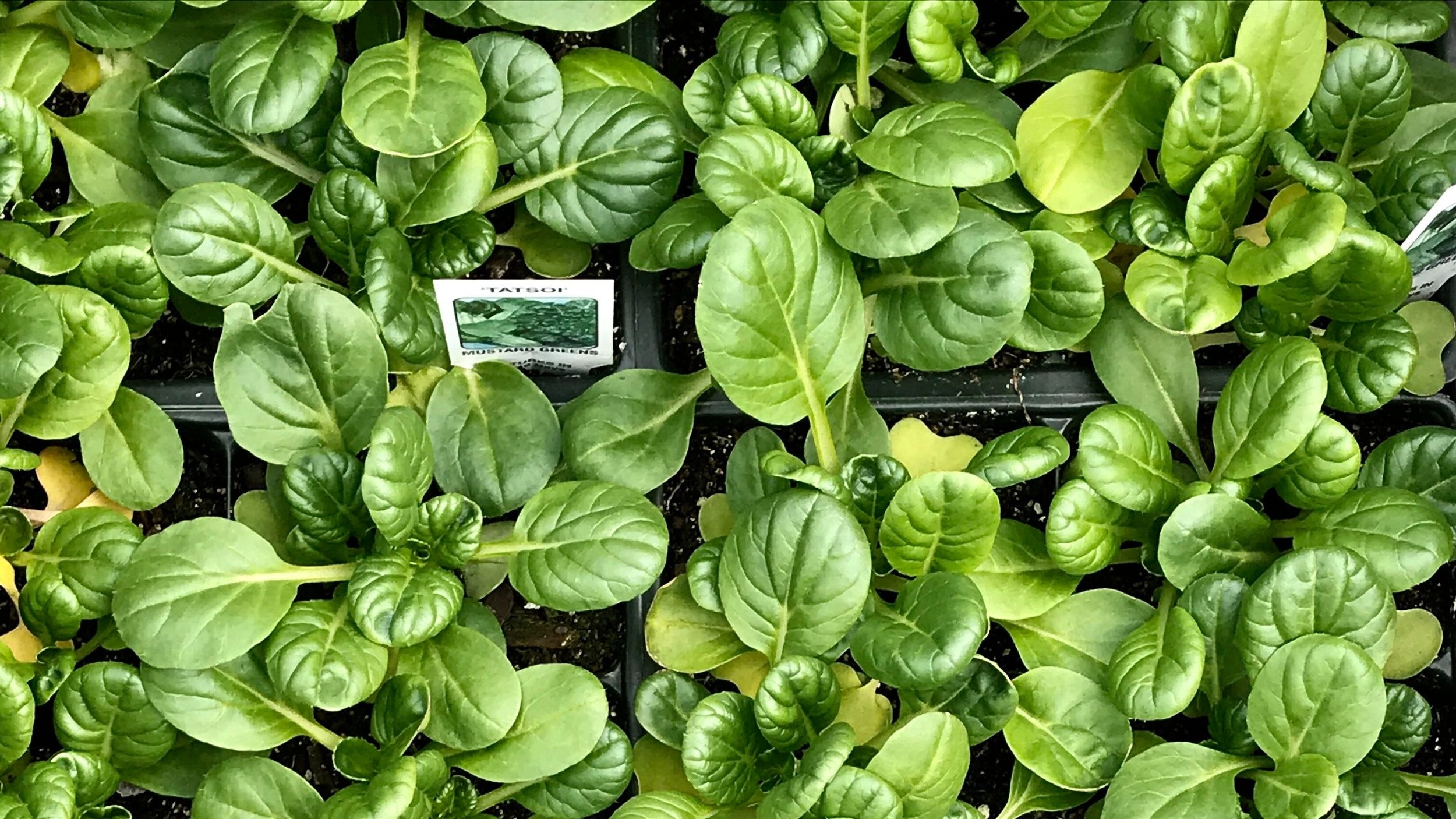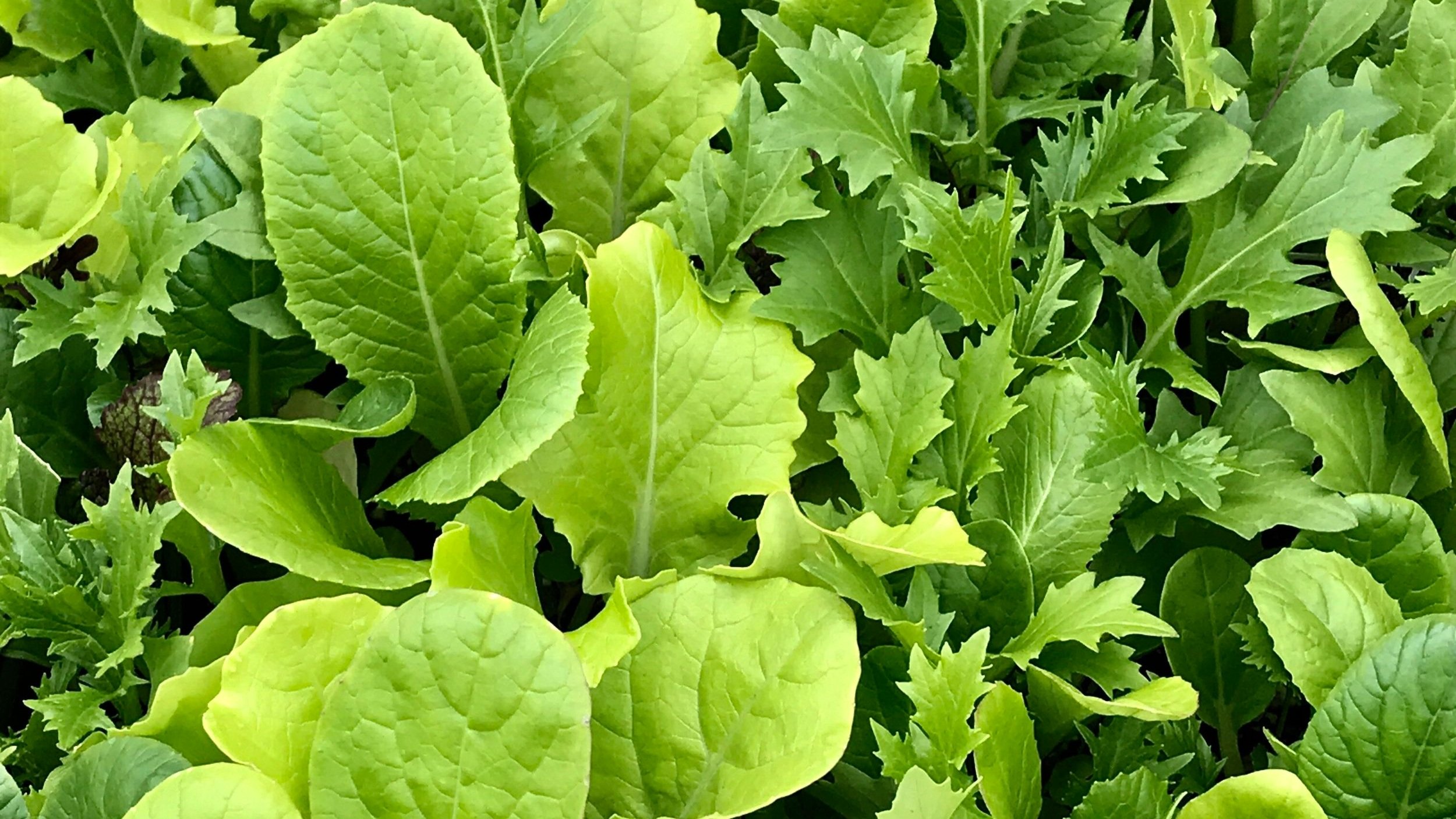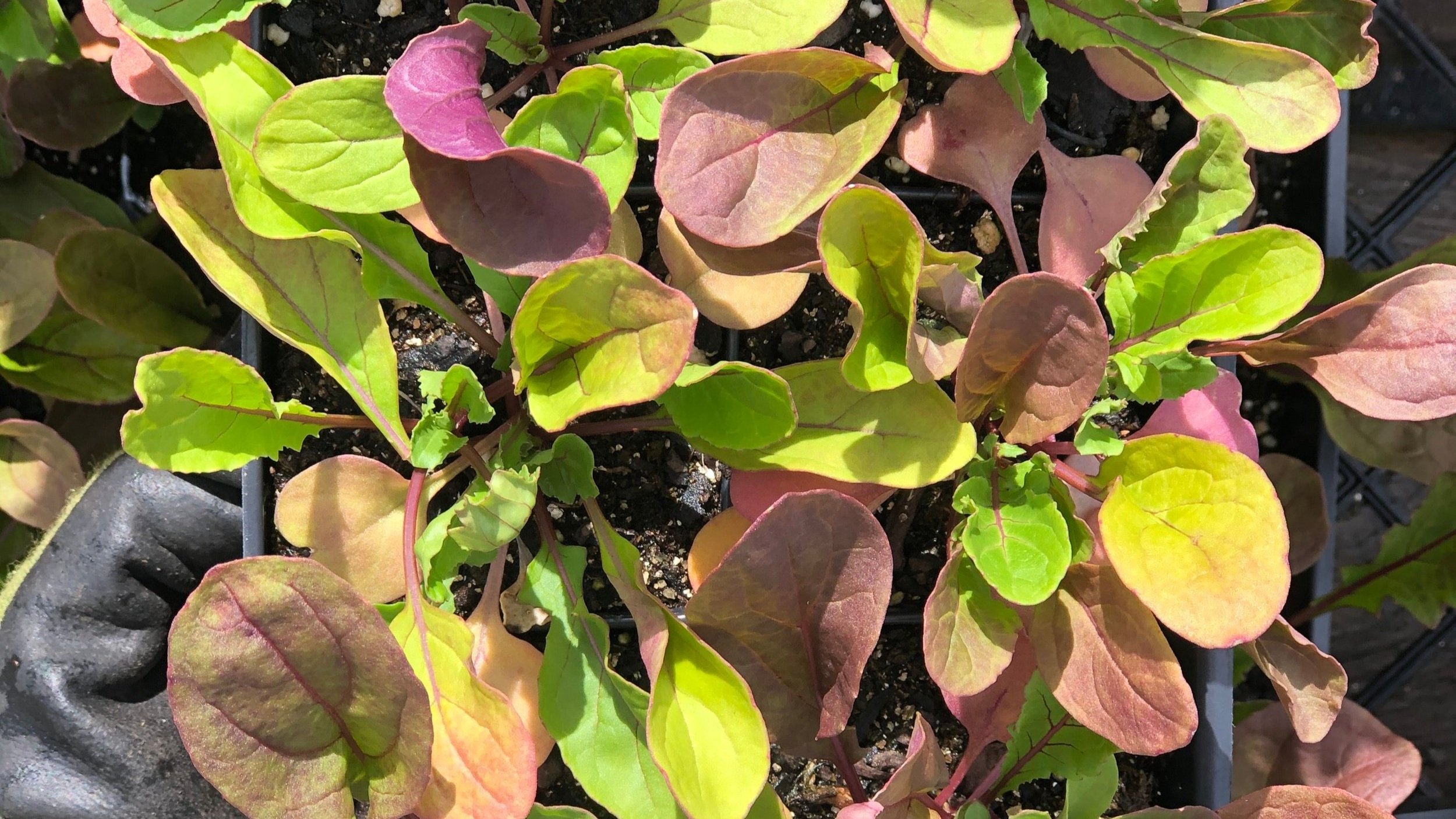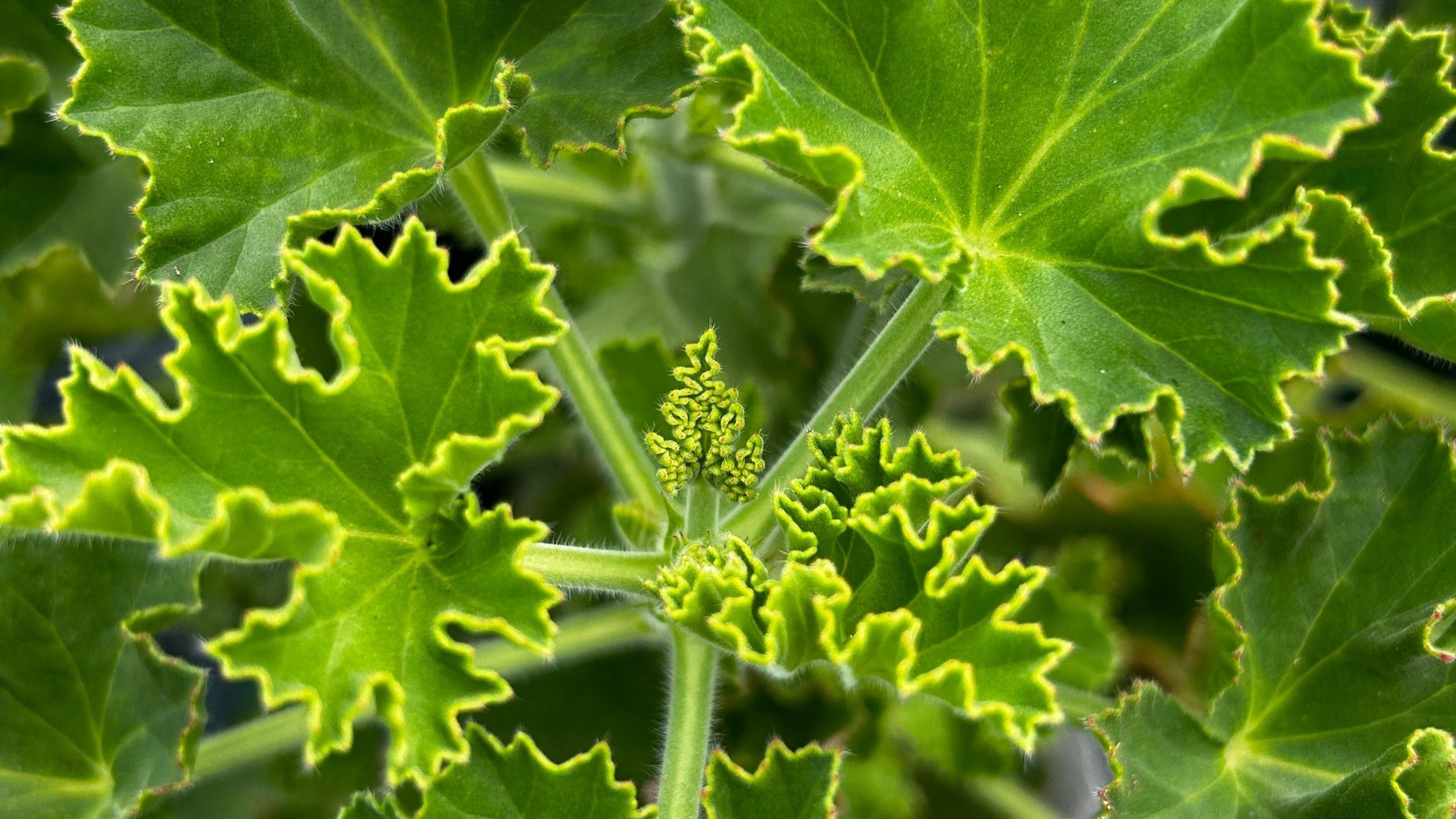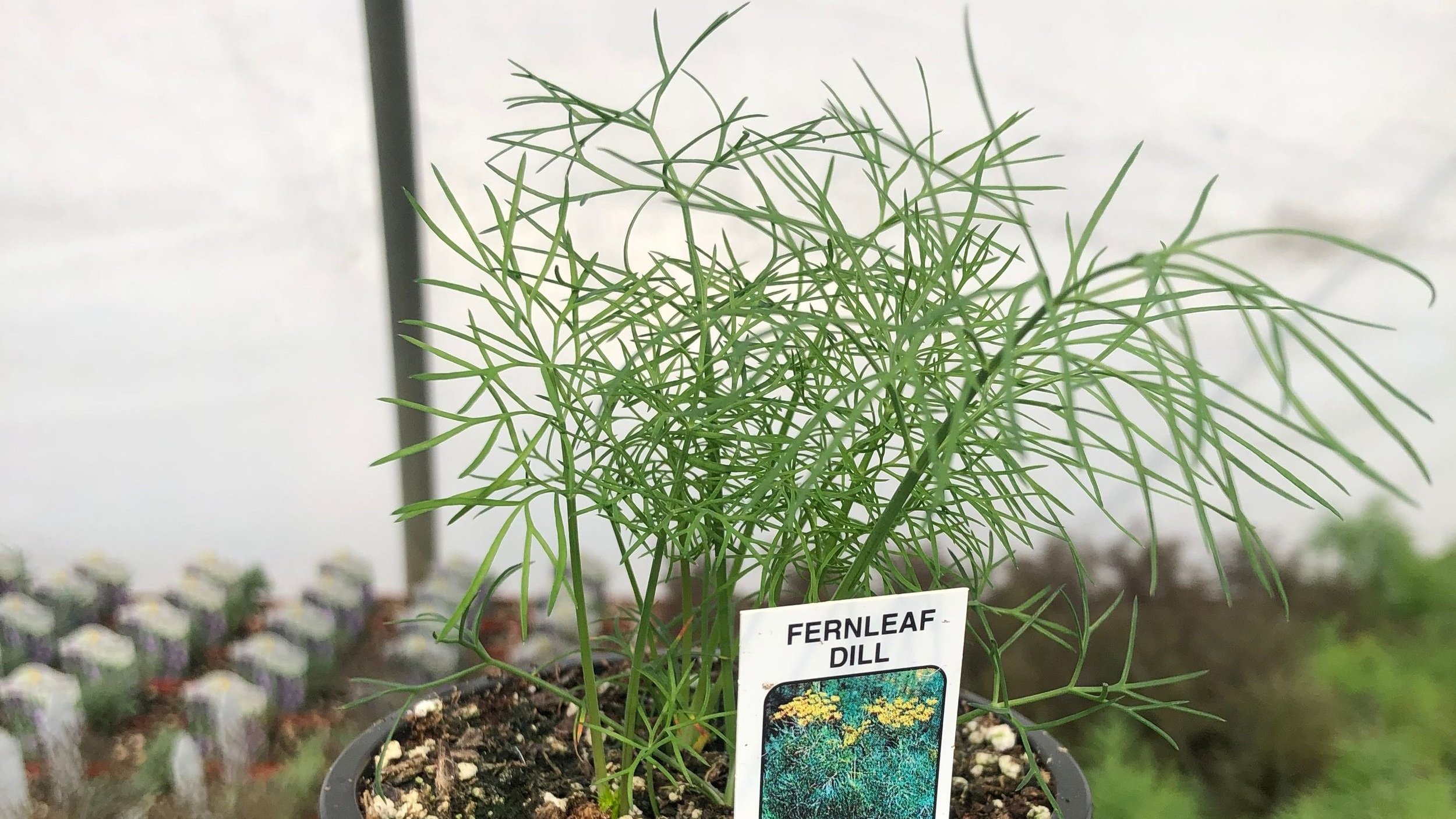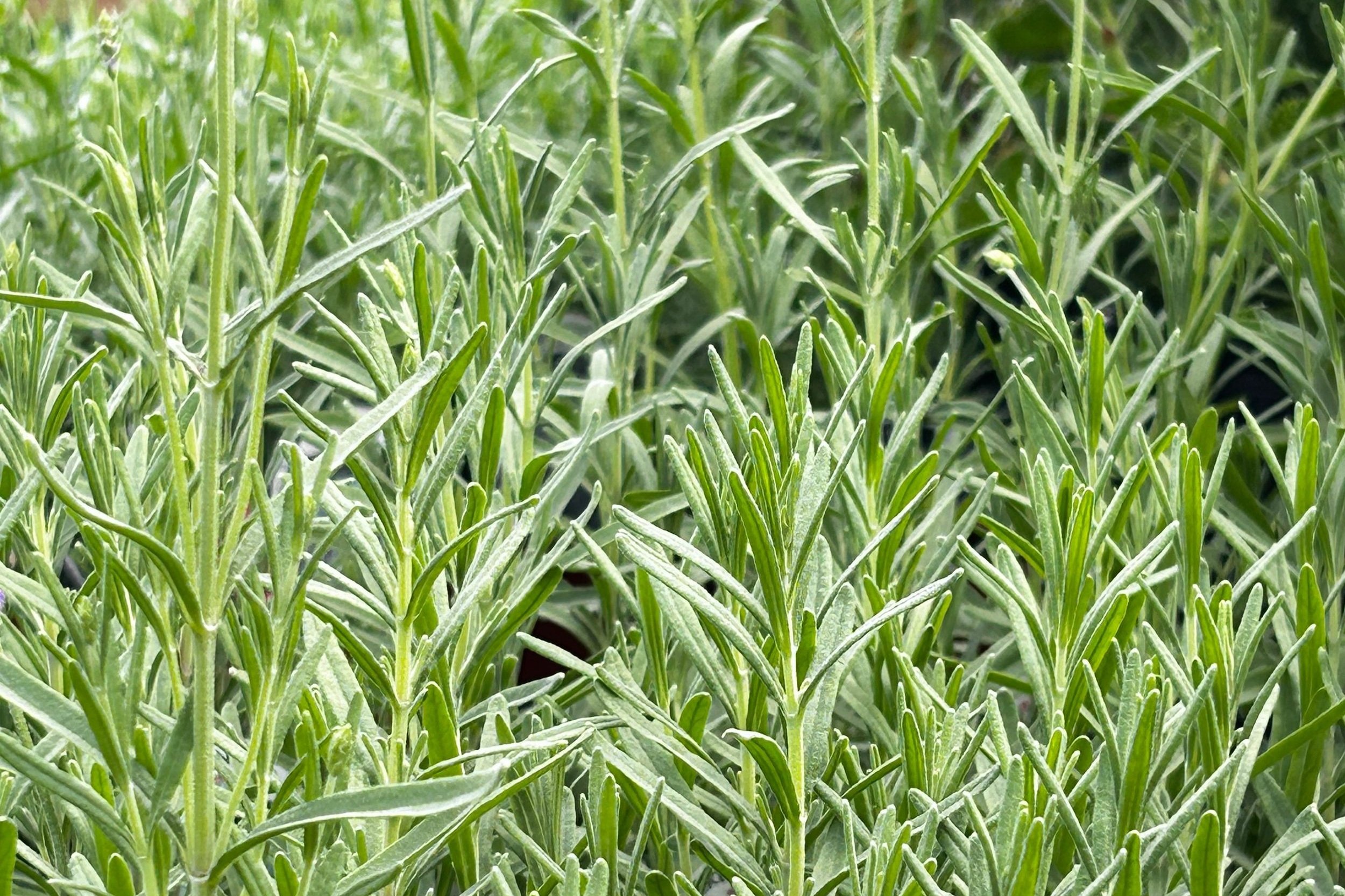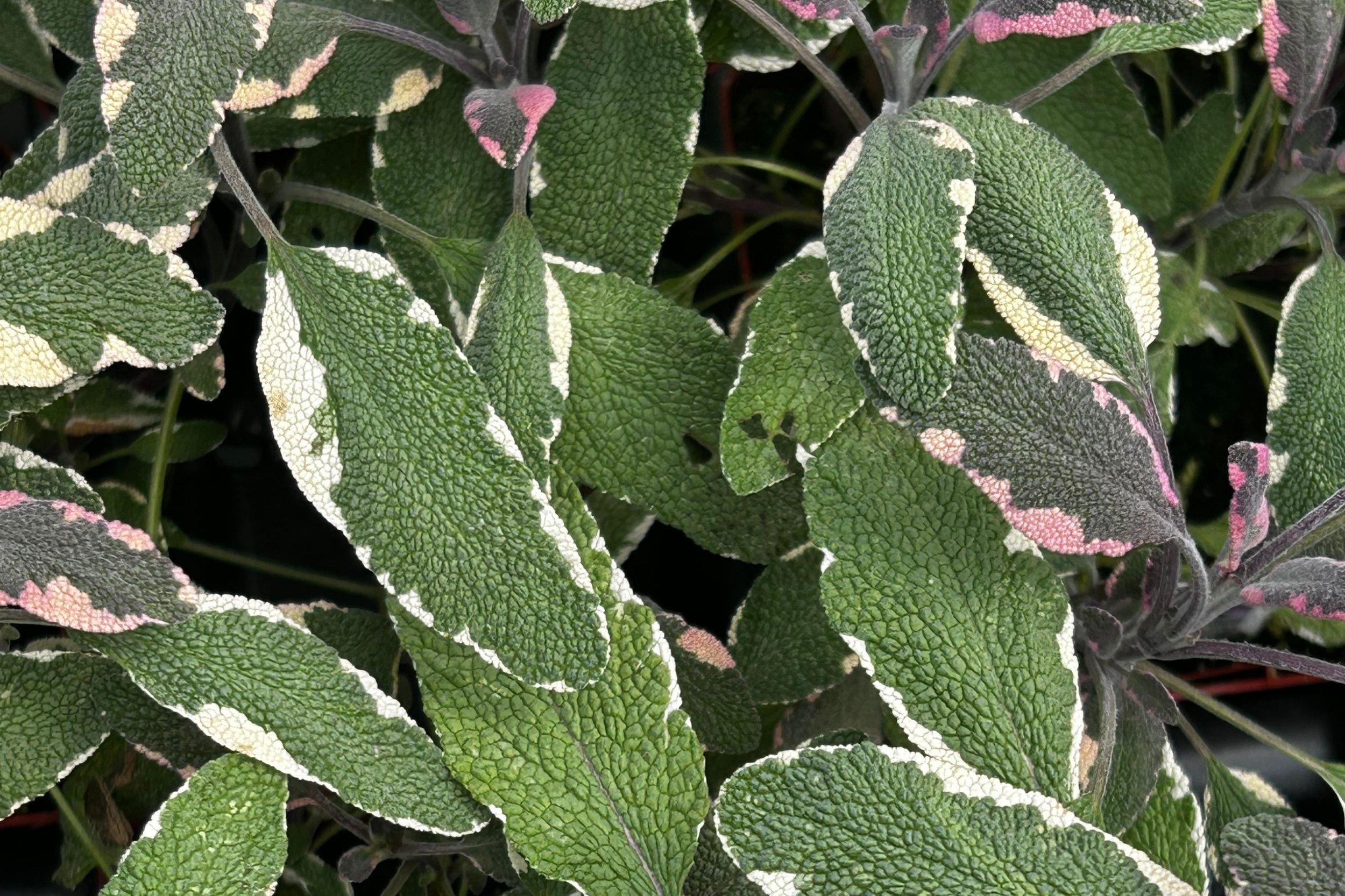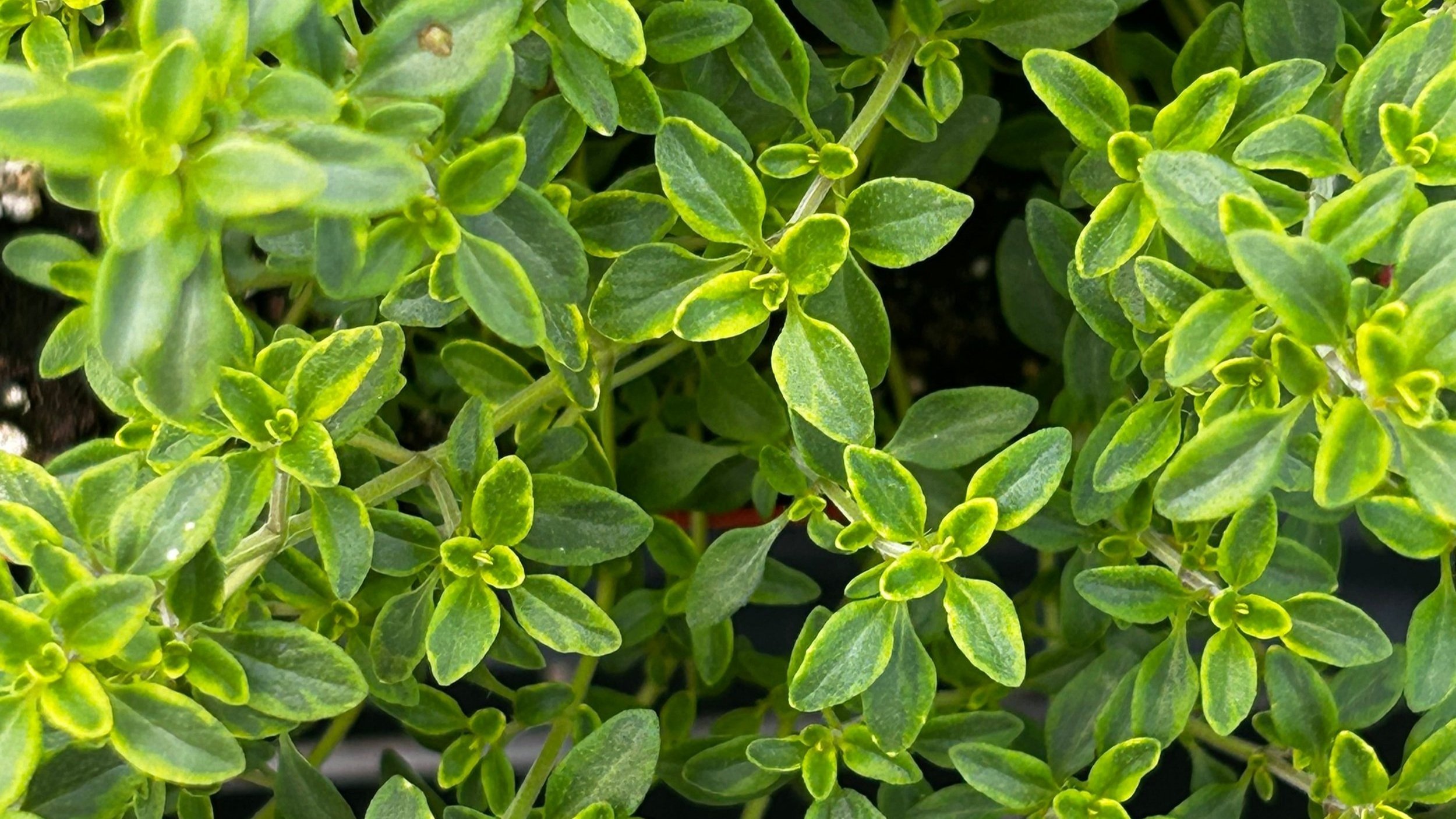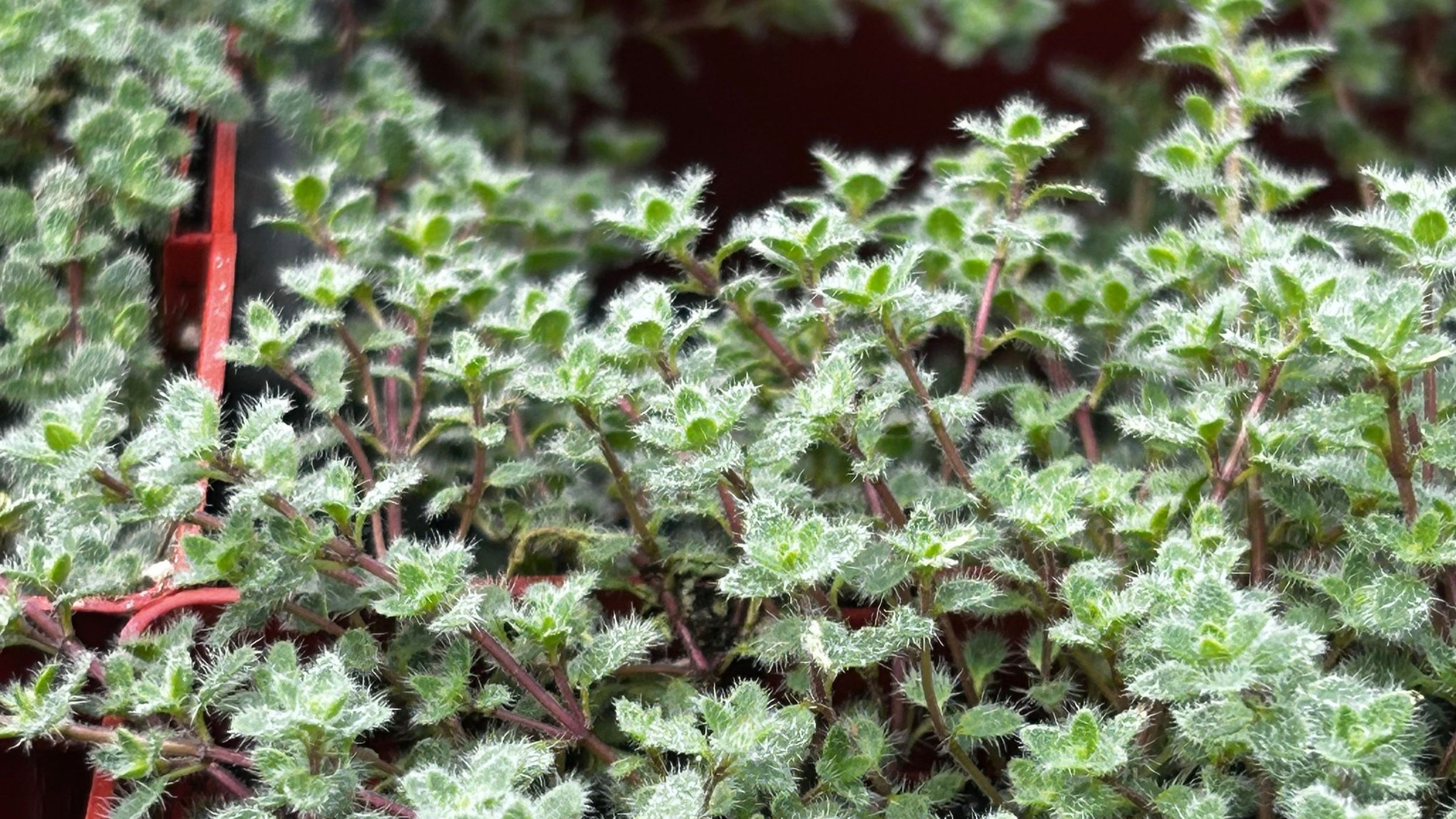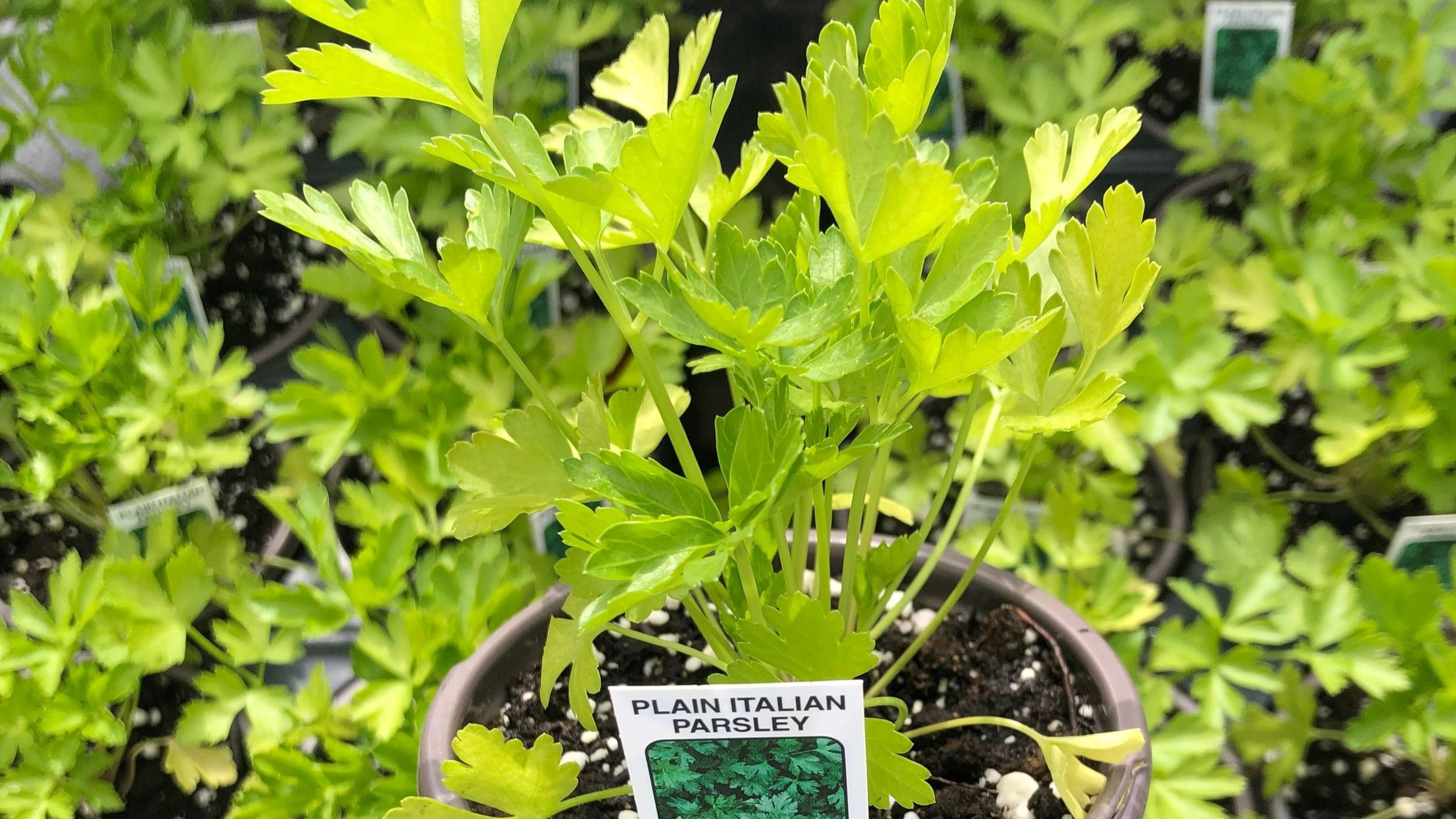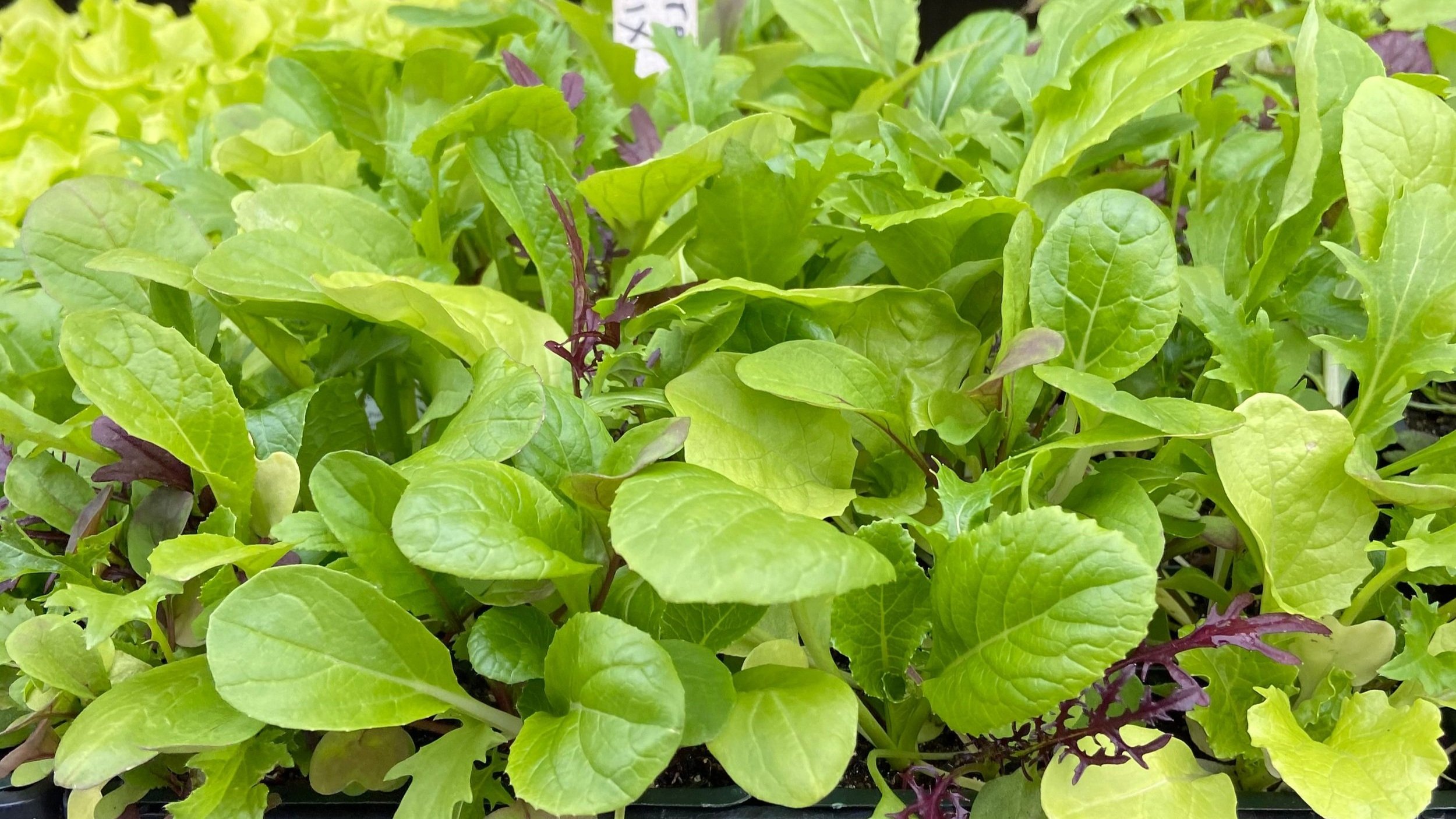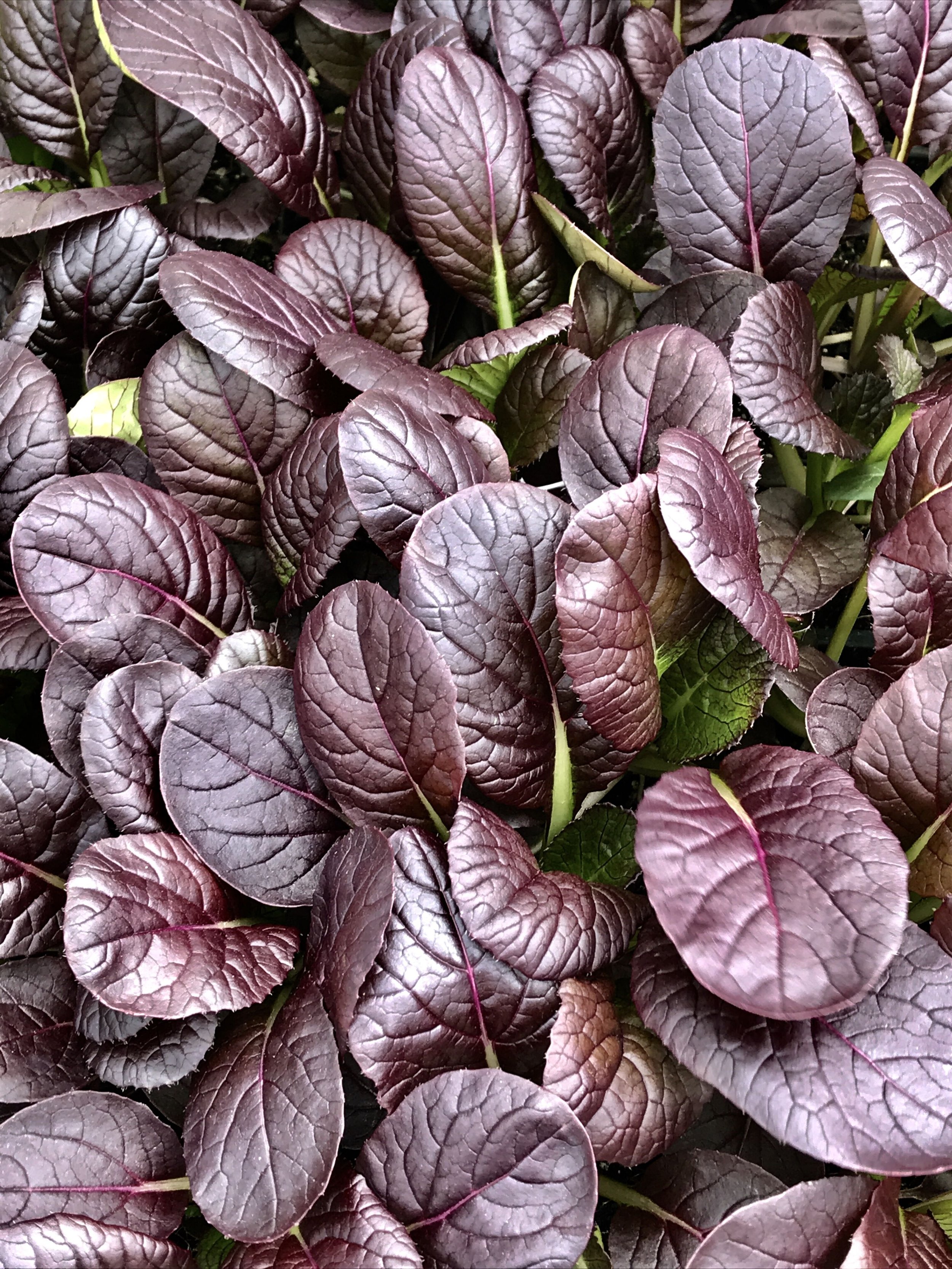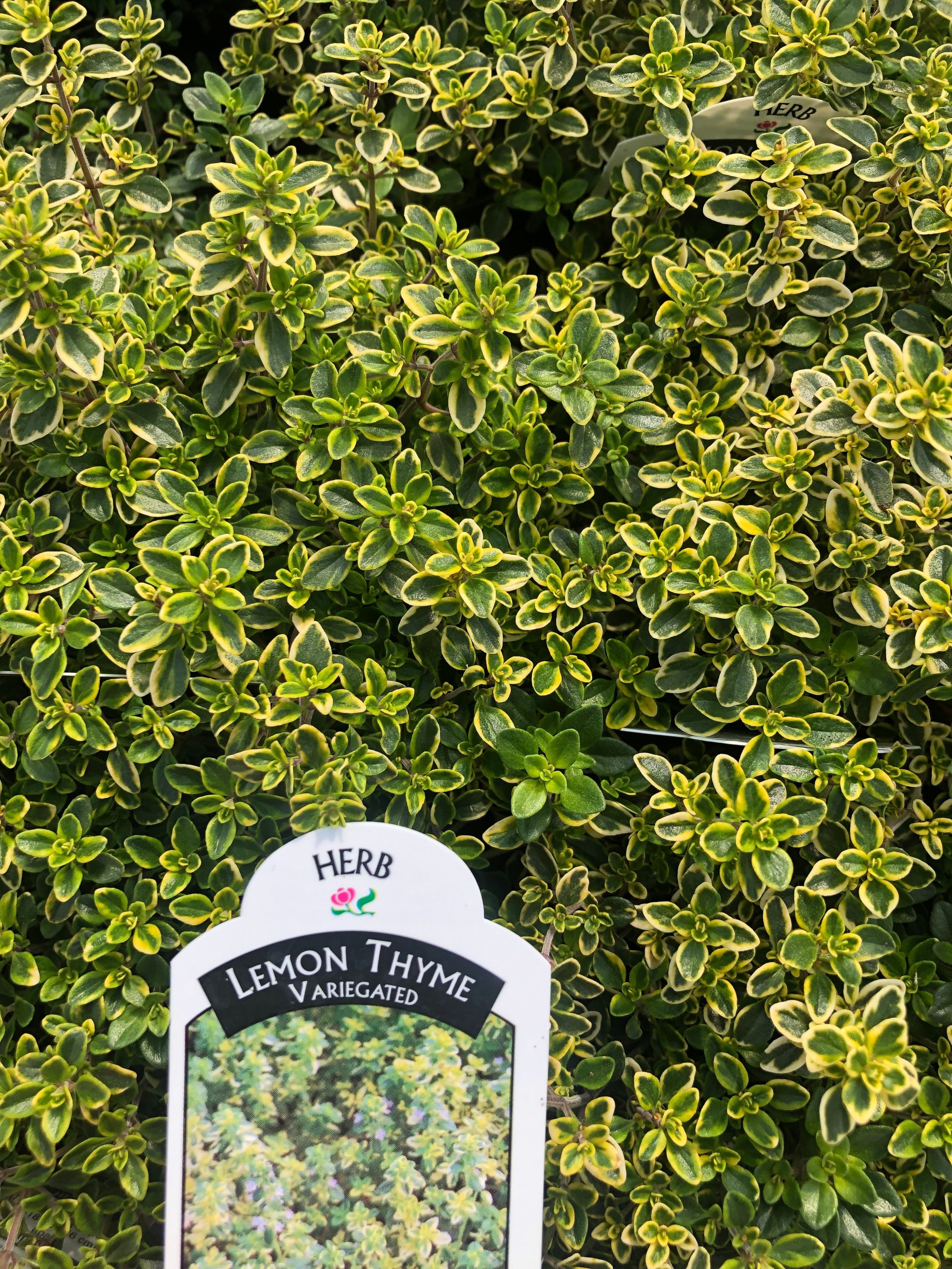HEIRLOOM TOMATOES VARIETIES at VINEYARD GARDENS
COSMONAUT VOLKOV - ORGANIC (65 days) What makes Cosmonaut so special is it’s sweet, rich and full bodied juice. Fedco catalog editor noted her “Cosmonauts ripened nice fruits outdoors into early October one year, weeks after her other slicers had croaked.” (*Fedco)
BIZHIKI - ORGANIC (75 days)
RUTGERS 250 TOMATO - ORGANIC (75 days) This ½ lb deep red slicer is smooth, solid, blemish and crack free. It’s a perfect palm size, holding and ripening off the vine for at least 10 days. And a real sandwich-maker: tangy-tart with tomato-y depth, and lightly sweet. But it’s also meaty, juicy and firm without being hybrid fiberboard dry or grainy. (*Fedco)
ROSE DE BERNE TOMATO - ORGANIC (80 days) It is widely considered in France, Germany and Switzerland to be the best-flavored tomato. Only medium-sized yet delivers the robust flavor of the bigger types. A recent taste test confirmed it’s the "best pink for it’s size unblemished globes are perfectly round. The only “heirloom to resist the onslaught of tomato diseases in the cold of August 2017 and then ripen beautifully in the warmth of Sept”. (*Fedco)
GERMAN JOHNSON - ORGANIC: An heirloom known for it’s copious yields of pink meaty fruits often exceeding 1lb. Mild with some sweetness.(*Fedco)
PINK BRANDYWINE TOMATO - ORGANIC (82 days) Pink Brandywine is the heirloom that launched a movement, leading many gardeners to be flavor-positive preservation-aware seed-savers. Oblate meaty beefsteak with deep flavor and perfect hints of tart. Fruits average right around a pound, ripening unevenly throughout the season, often preferring cool early fall to peak heat of August. (*Fedco)
WEISNICHT'S UKRAINIAN TOMATO - ORGANIC (85 days) In 2015 it won first prize in the heirloom category in Boston. The oft-bi-lobed medium large 8-18oz scrumptious pink fruits are sparse seed bearers. The flavor is sweet rich and complex with delicious acid overtones. (*Fedco)
GARDEN PEACH TOMATO - ORGANIC (71 days) Yellow fruits blush pink when ripe and have thin fuzzy skins somewhat like peaches, soft-skinned, juicy and very sweet. Light fruity taste is not what you’d expect in a tomato. Burpee in 1893 called it “delicate, melting in the mouth like a grape.” Jim Stockwell from North Carolina would not be without it. “Not only are they early and prolific but their unusual flavor and no core sizes make them perfect for grilling without falling apart.” (*Fedco)
GOLDIE - ORGANIC (75 days) Deep orange beefsteak fruits. Several people who grew our Heirloom Mix said Goldie was their favorite. (*Fedco)
CHEROKEE PURPLE TOMATO - ORGANIC (77 days) Said to have originated with the Cherokee Indians. Best tasting heirloom. Dusky brownish-purple skin, dark green shoulders and brick-red flesh. The real attraction is their rich taste, described as “sweet rich juicy winey,” “delicious sweet,” and “rich Brandywine flavor”. (*Fedco)
BLACK KRIM TOMATO - ORGANIC (80 days) At half green and still firm they are already dead ripe and perfectly delicious. Iridescent purple on the outside usually with dark green-black shoulders.an unusual juicy yet meaty taste and texture. (*Fedco)
PINEAPPLE TOMATO OG (85 days) ”I roast these exceptionally sweet red streaked yellow tomatoes in a hot oven, then saute with garlic, rosemary and extra virgin olive oil and throw over pasta.” Michelle Owen garden author. Pineapple may be the best striped tomato. Typically grows huge fruits in excess of 1lb. Cut in half it looks like the interior of a pineapple except with yellow and red marbling. Doesn’t taste like a pineapple, unique, mild, low, acid fruity sweetness. (*Fedco)
AUNT RUBY'S GERMAN GREEN TOMATO - ORGANIC (85 days) Until you try it, you won’t believe a green tomato could be this good. I rate it second only to Brandywine for flavor and it is on just about everyone’s top-ten list. Don’t allow them to get too soft before picking. The green flesh of this beefsteak is faintly marbled with pink. Flavor sweet and tart, rich and spicy. Flavor deteriorates when cold weather sets in. (*Fedco)
AMISH PASTE TOMATO - ORGANIC (85 days) Listed members’ comments tell all: “large red meaty fruit,” “wonderful paste variety,” “great flavor for cooking, canning or fresh eating,” “the standard by which I judge canning tomatoes,” “huge production,” “great for sauces, salsa, canning.” Larger and better than Roma. Wisconsin heirloom from Amish farmers in the 1870s.(*Fedco)
BEEFSTEAK POLE - ORGANIC “Century-old favorite not only for sandwiches, but also any dish calling for rich, tomato flavor. Vines are so vigorous (up to 6' or more) you will need a sturdy wire cage to support them and the 1–2-pound fruits! Produces summer to fall.” (Botanical Interest)
WATERMELON BEEFSTEAK “Perhaps the best-tasting pink tomato we have ever eaten, this variety is a winner for its refreshing flavor. Super prolific, easy to grow and mighty fine flavor! We love to scoop the firm meaty flesh with a melon baller for salads and snacking.” (Baker Creek Heirloom Seeds)
MORTGAGE LIFTER- Huge heirloom beefsteak. Mild sweet flavor.
ROMA -
CHERRY TOMATOES
HONEYDROP CHERRY TOMATO - ORGANIC (62 days) Honeydrop’s sweet juicy fruity honey-colored treats taste almost like white grapes. They are much less prone to cracking in wet weather than Sun Gold. Great for earliness, sweetness and complexity. (*Fedco) According to Fedco Honeydrop Cherries are better than Sungold.
BLACK CHERRY TOMATO - ORGANIC (75 days) Dusky color and complex flavor typical of the best black tomatoes, juicy and delicious. Somewhat late for a cherry tomato, fruit ripens slowly and individually until frost, but worth the wait. (*Fedco)
PRINCIPE BORGHESE - ORGANIC (75days) Used for sundried tomatoes as it has few seeds and little juice Bears small red fruits in prolific clusters over a long season. (*Fedco)
AOSTA VALLEY We had seed from 2021
HYBRID CHERRY TOMATOES
SUN GOLD CHERRY TOMATO (57 days) To quote one customer, “Without these little babies, there’s no summer.” A perfect combination of deep sweetness with a hint of acid tartness. They ripen very early to a rich apricot color and keep producing till frost. Very prone to split so pick early when rains are forecast. (*Fedco)
JULIET (60days) Little plum shaped fruits come in clusters everywhere, each truss bearing 6-8 of the 1-2oz grapes. “Juliet is my favorite tomato for drying. Cut them in half, flip out the seeds and dehydrate…they are like tomato raisins, chewy and sweet to just eat or on a pizza” Lynn Sagalyn (*Fedco)
SWEET TREATS (75days) Large fruits come in clusters of 12-15 per truss. Ripens from pink to deep rose. Wait for full color to harvest. (*Fedco)
SUPER SWEET 100 CHERRY TOMATO (78 days) Like the famous Sweet 100, but with more disease resistance. Very popular hybrid cherry tomato ripens clusters of 1" round sweet fruits. Should be staked. Will split in rainy conditions.
YELLOW PEAR FARGO - (82 days) About twice the size of regular pear tomatoes, the meaty morsels are crack resistant. (*Fedco)
HONEY BUNCH GRAPE (62 days) Crack resistant. Sweet with honeyed nuance. Wait until it ripens fully to a bright red in the field. (*Fedco)
HARTMAN’S YELLOW GOOSEBERRY (70-75 days) Sweet, mild, tasty and light golden-yellow in color.
SEEDS
“Saving Tomato Seed is easy. Remove stem-end and crush the fully ripe fruit into a container. Ferment uncovered for a few days until slurry forms a moldy cap. Rinse in a fine strainer and dry seed on a coffee filter. To ensure true-to-type seed, grow open-pollinated varieties and separate by 50ft.” (*Fedco)
We had seed left over from last year that we have planted out. Tomato seed can last up to 5 years!
________________________________________________
REFERENCE
*Description of tomatoes comes from the Fedco Catalog



